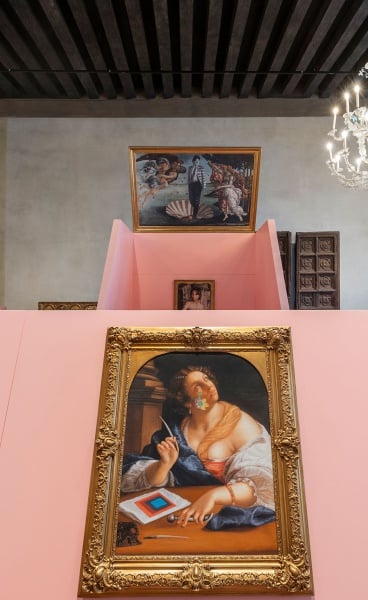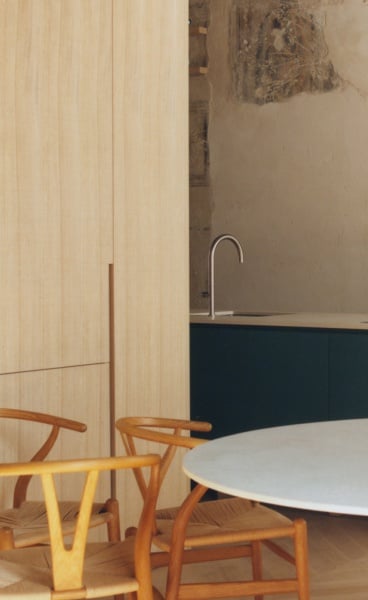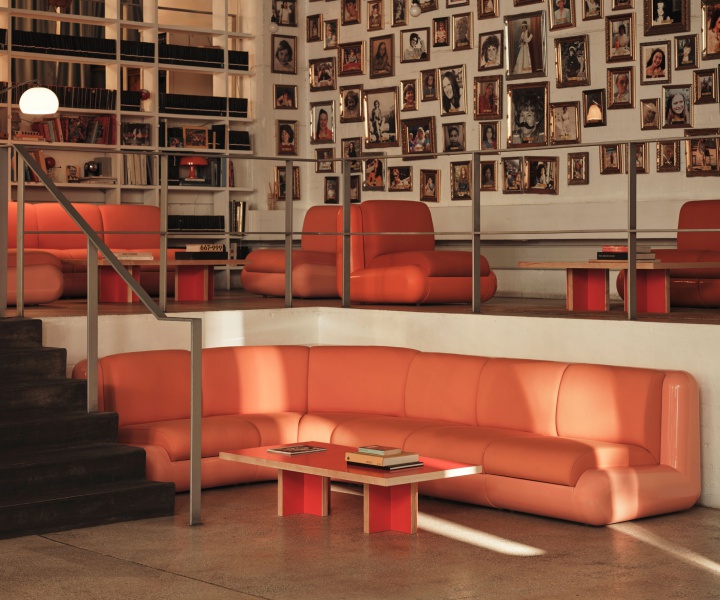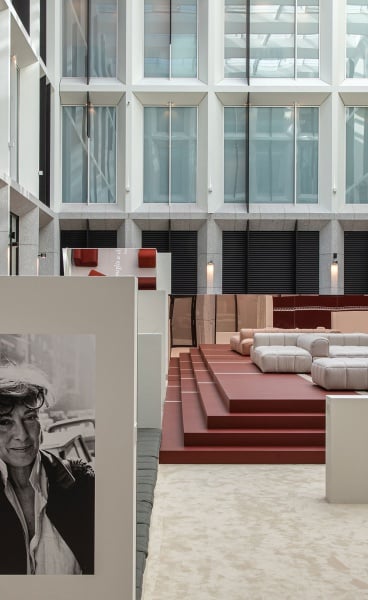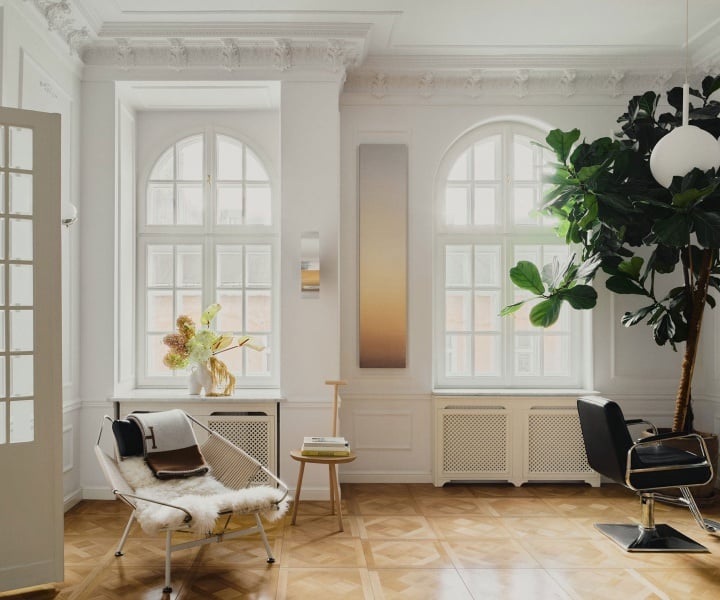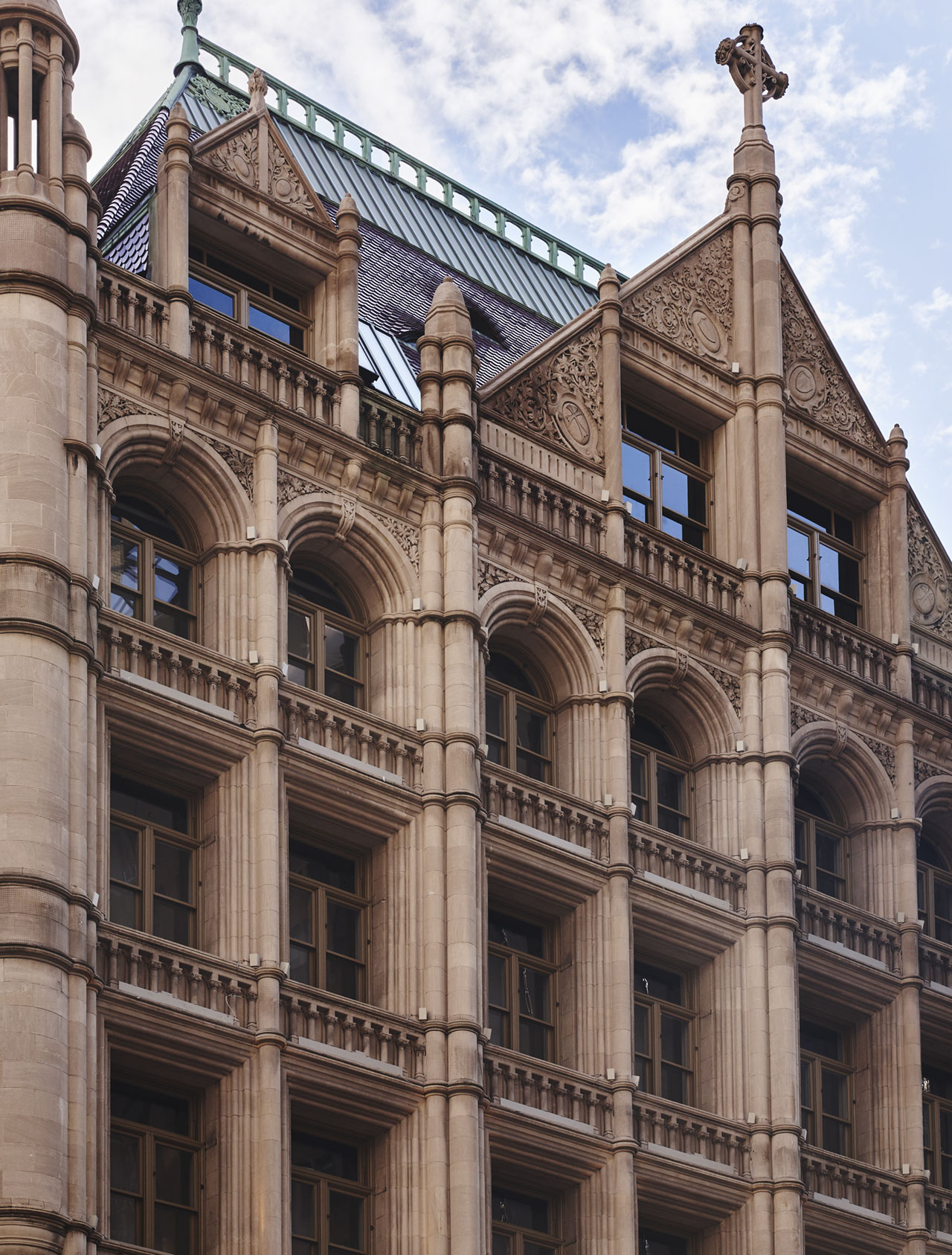
Photo by Adrian Gaut.
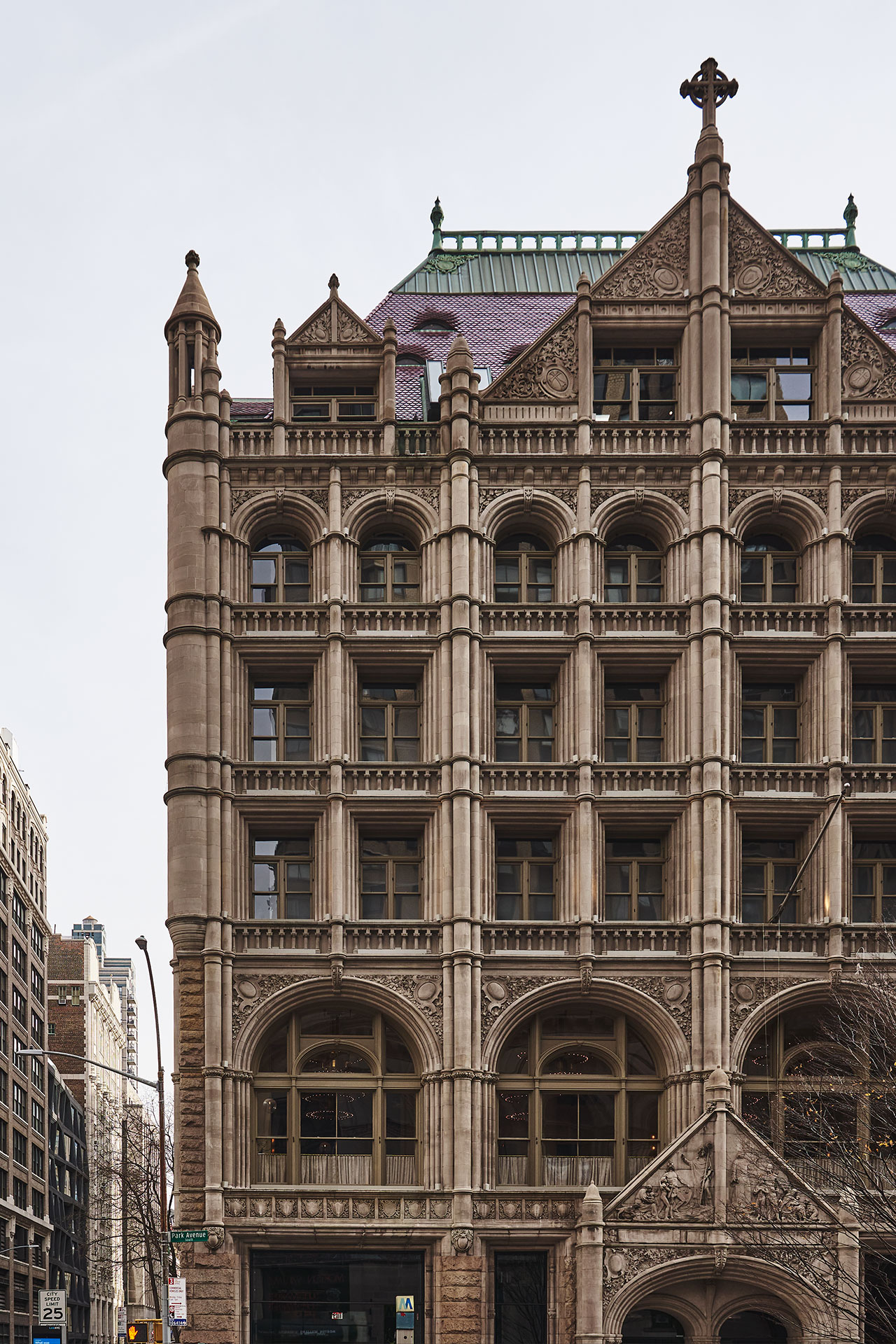
Photo by Adrian Gaut.
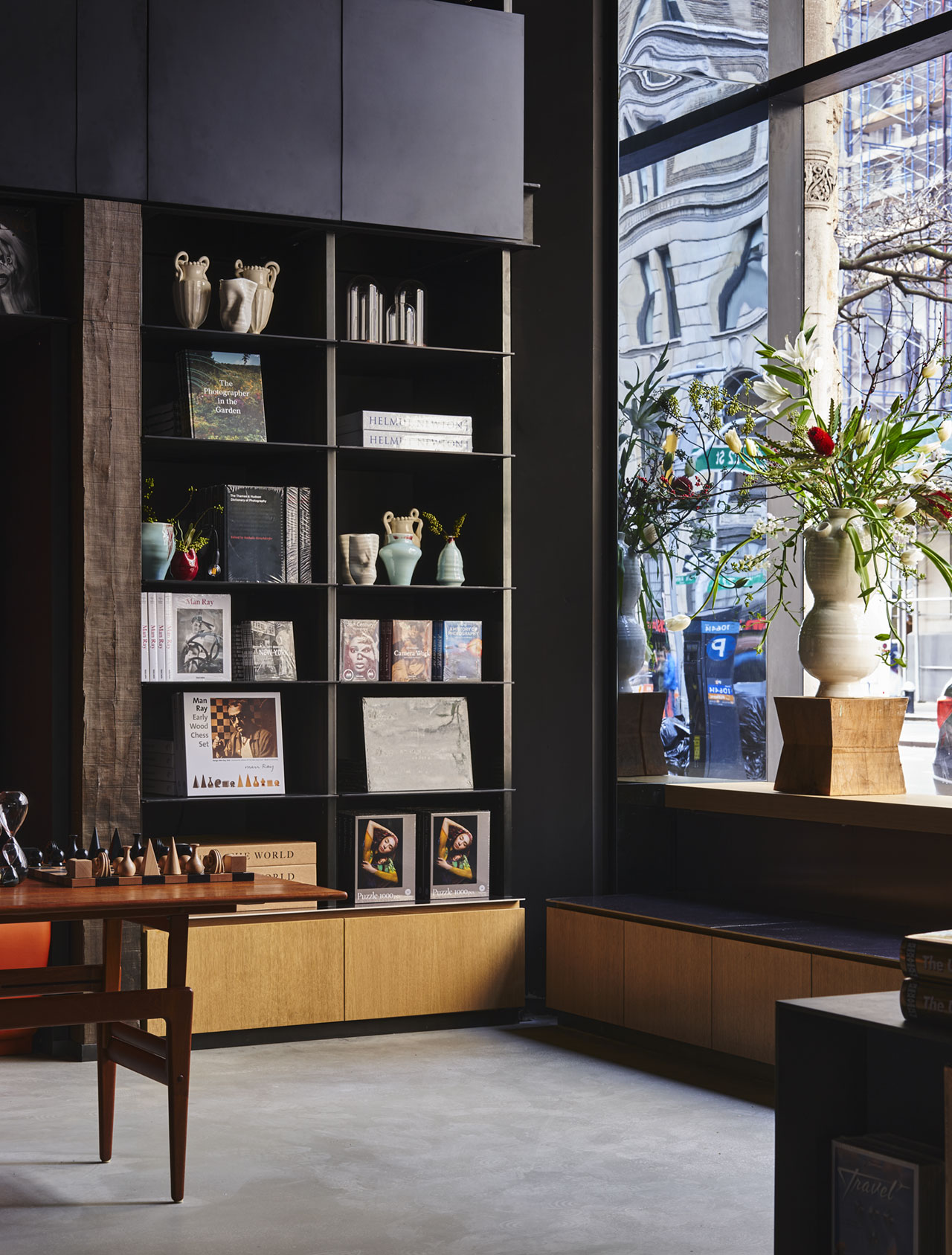
Photo by Adrian Gaut.
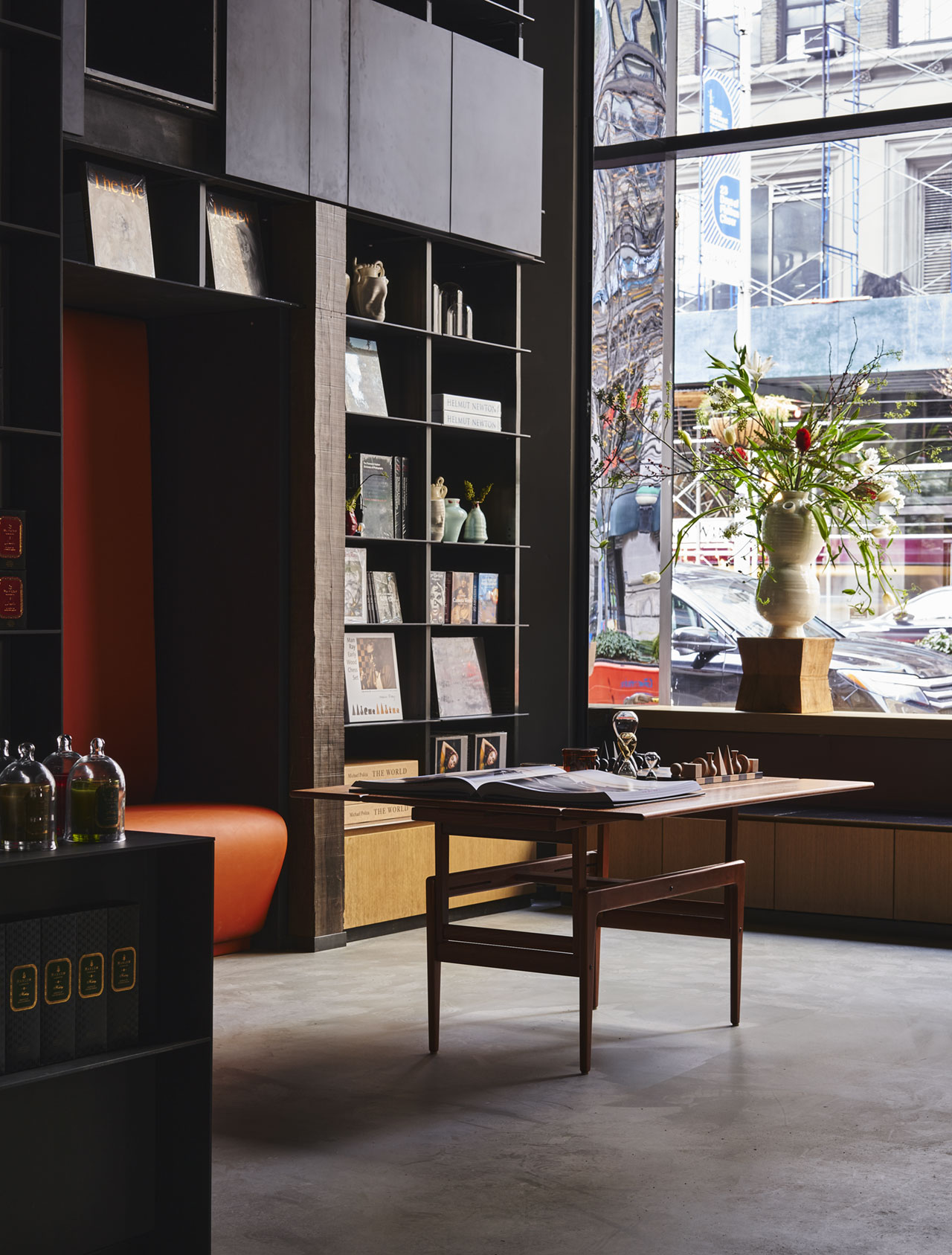
Photo by Adrian Gaut.
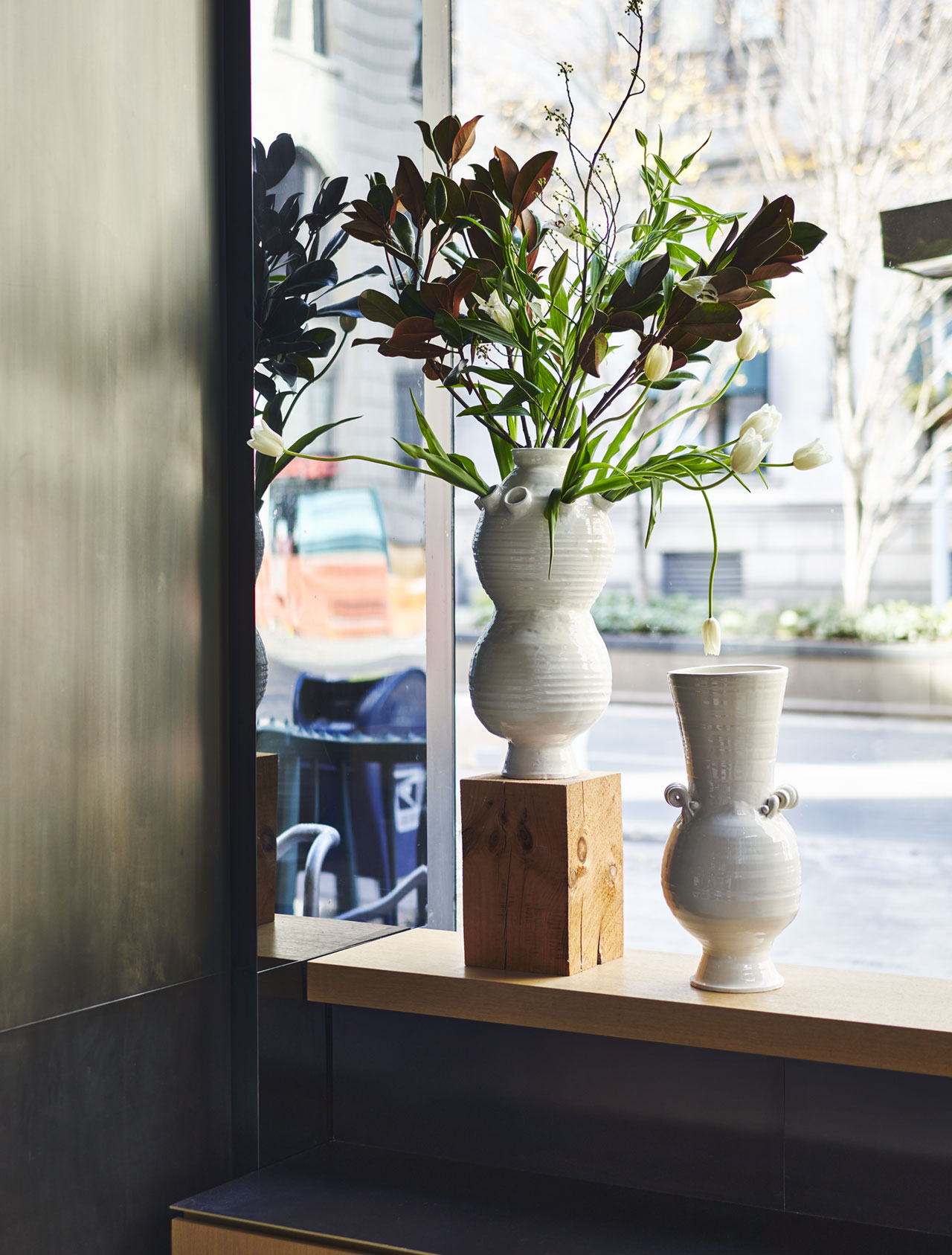
Photo by Adrian Gaut.
Renovated by local architecture practice CetraRuddy in collaboration with Fotografiska’s co-founders and brothers Jan and Per Broman, the 1890s former church mission house has regained its original grandeur, welcoming visitors into an immersive environment that unfolds across six floors as a journey of the unexpected. Nowhere is this more palpable than in Verōnika, the museum’s first-floor, fine dining restaurant which takes its name from the Patron Saint of Photography. Inspired by the grand cafés and brasseries found in European cities like Paris, Vienna, and Budapest, Roman and Williams’ interior design approached the building’s Beaux-Arts aesthetic with a photographer’s eye creating a “gestalt of light, form and composition”.
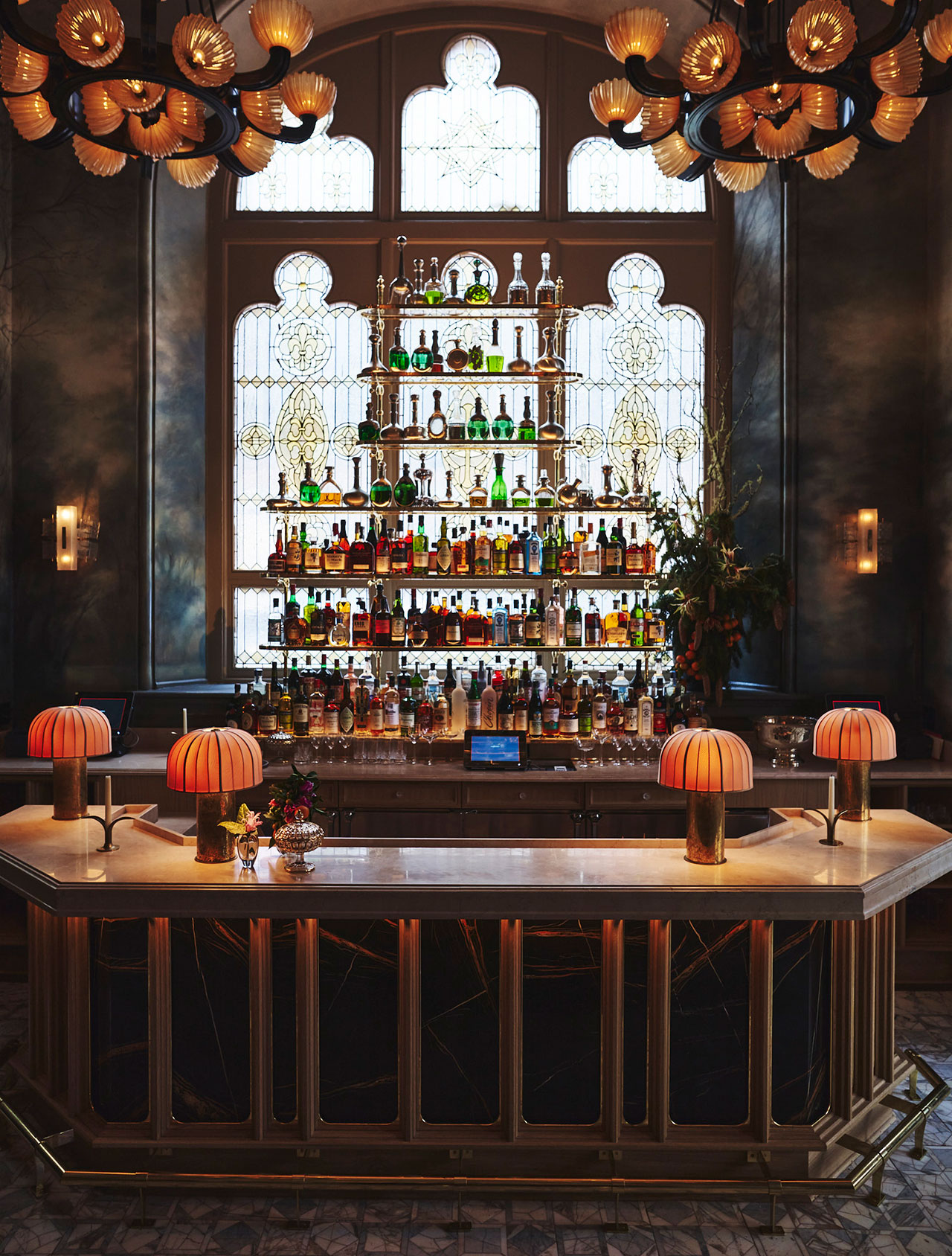
Verōnika bar & restaurant. Photo by Adrian Gaut.
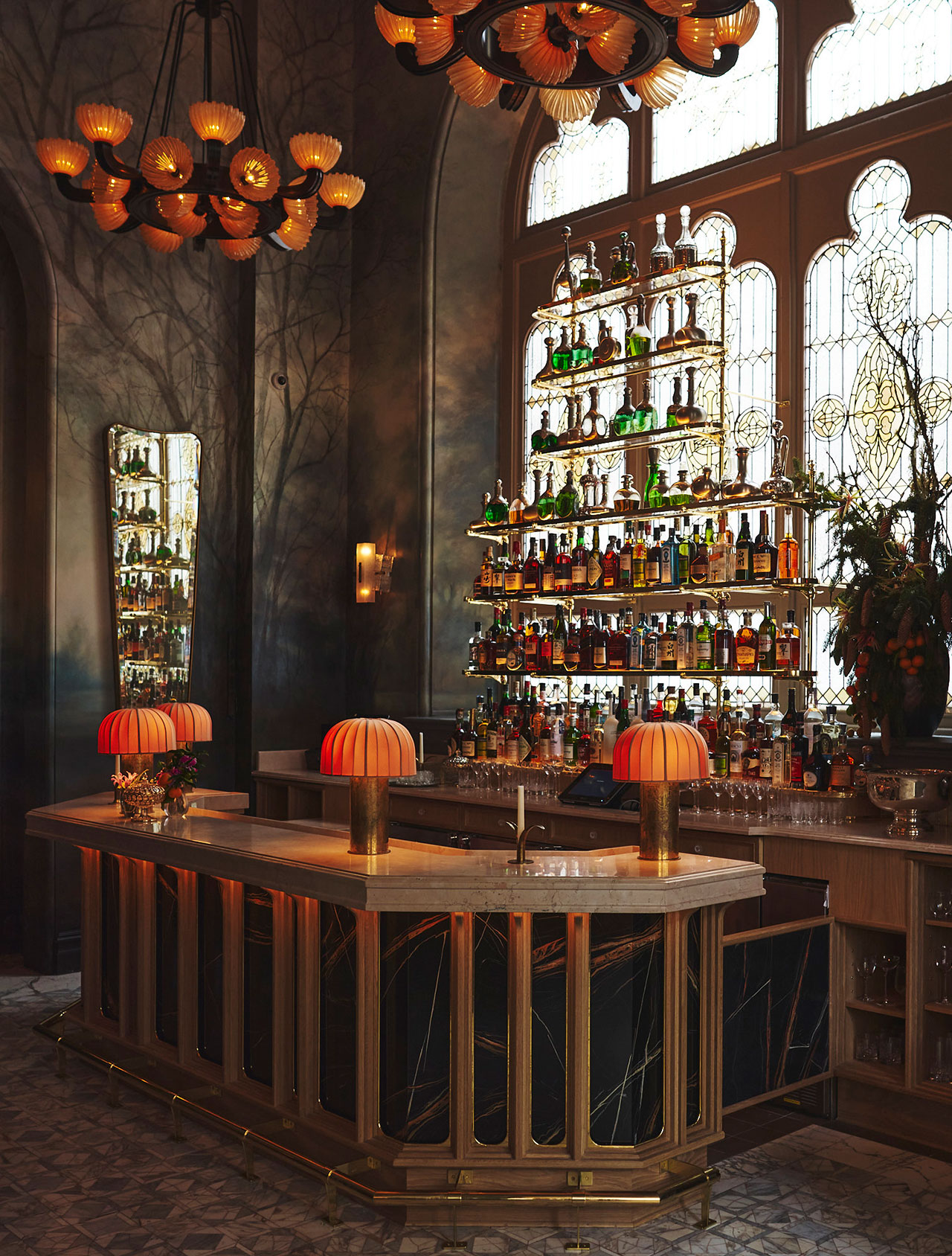
Verōnika bar & restaurant. Photo by Adrian Gaut.
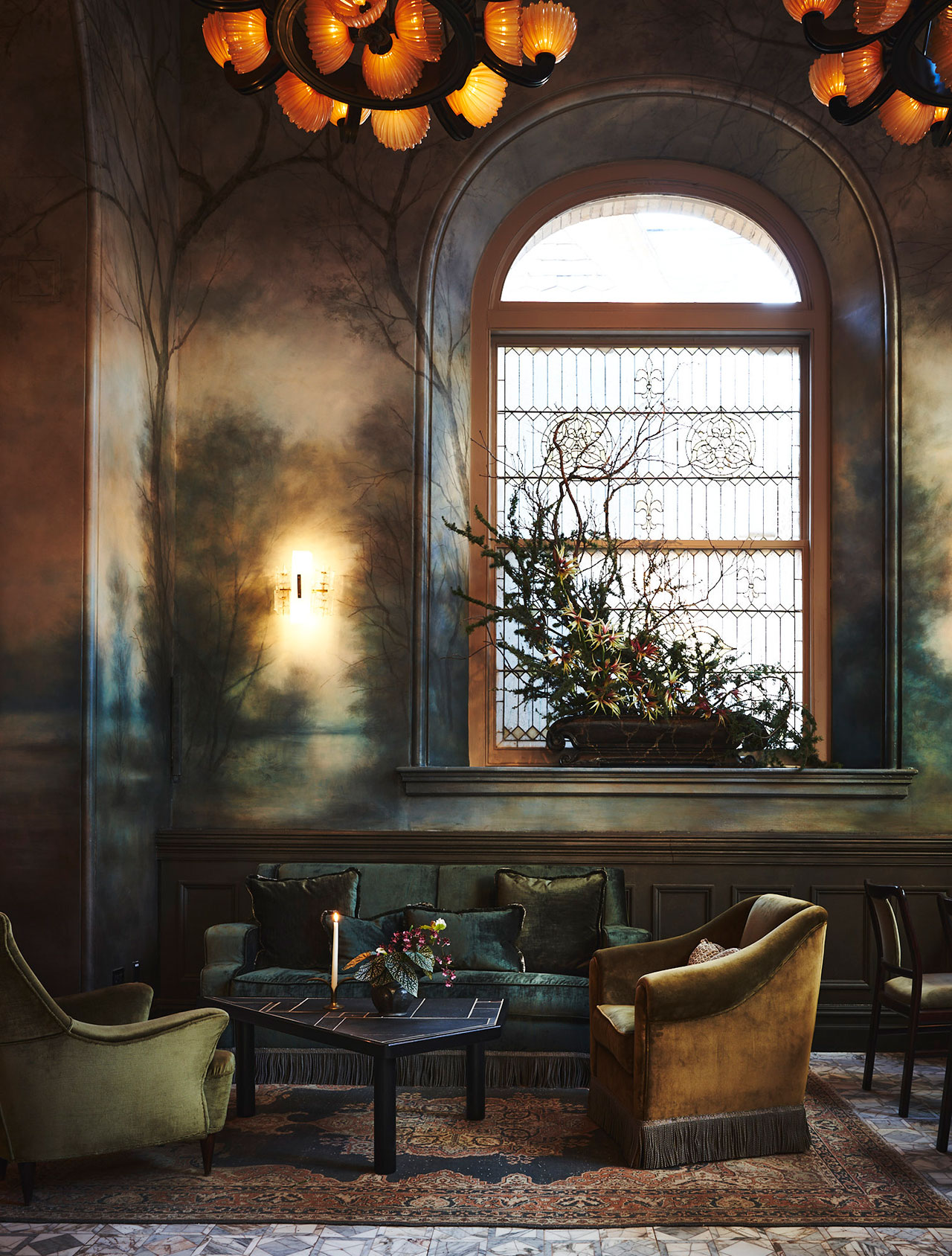
Verōnika bar & restaurant. Photo by Adrian Gaut.
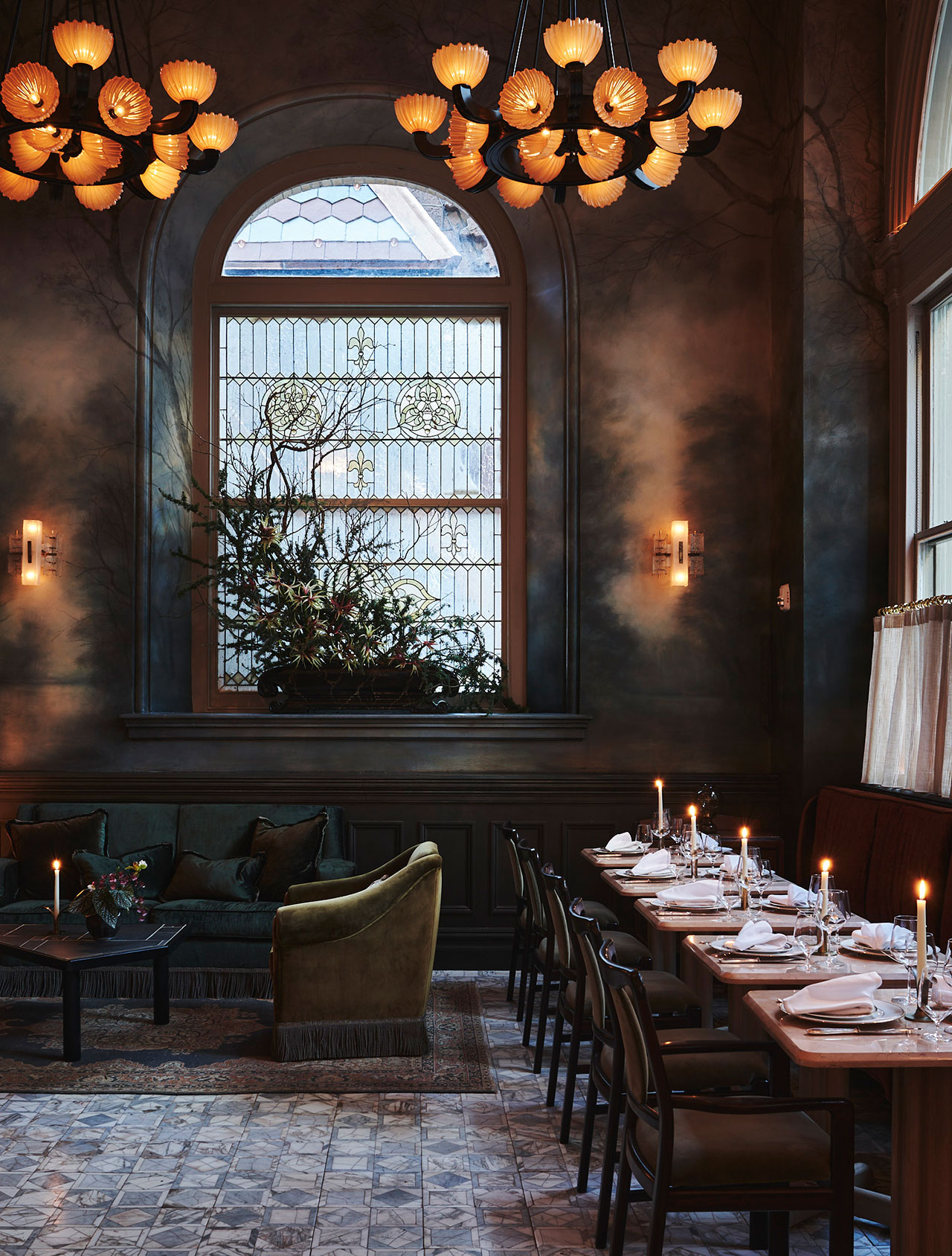
Verōnika bar & restaurant. Photo by Adrian Gaut.
Entering through a twilight-coloured hallway, guests are immersed into a mystical Bohemian Forest landscape courtesy of an enchanting mural that speaks of the interrelationship between painting and photography. Swathed in dark, earthy tones that extend to the plush velvet upholstery, rich carpets and floor tiling, the bar area is imbued with a dreamy, romantic aura, enhanced by the building’s original stained windows which have been meticulously restored.
Much brighter in tone, the dining area is distinguished by a soft palette of natural colours and pale oak floors. Soaring ceilings, towering arched windows and wood-trimmed arches are complemented by bespoke Art Deco-inspired brass chandeliers by Roman and Williams, cushy blue banquettes and custom egg-shaped lights that adorn the marble table tops. Inspired by De Chirico’s paintings, a series of blackened brass arched doorways that serves as the entrance to the kitchen add a modernist touch to the interior design’s nostalgic grandeur.
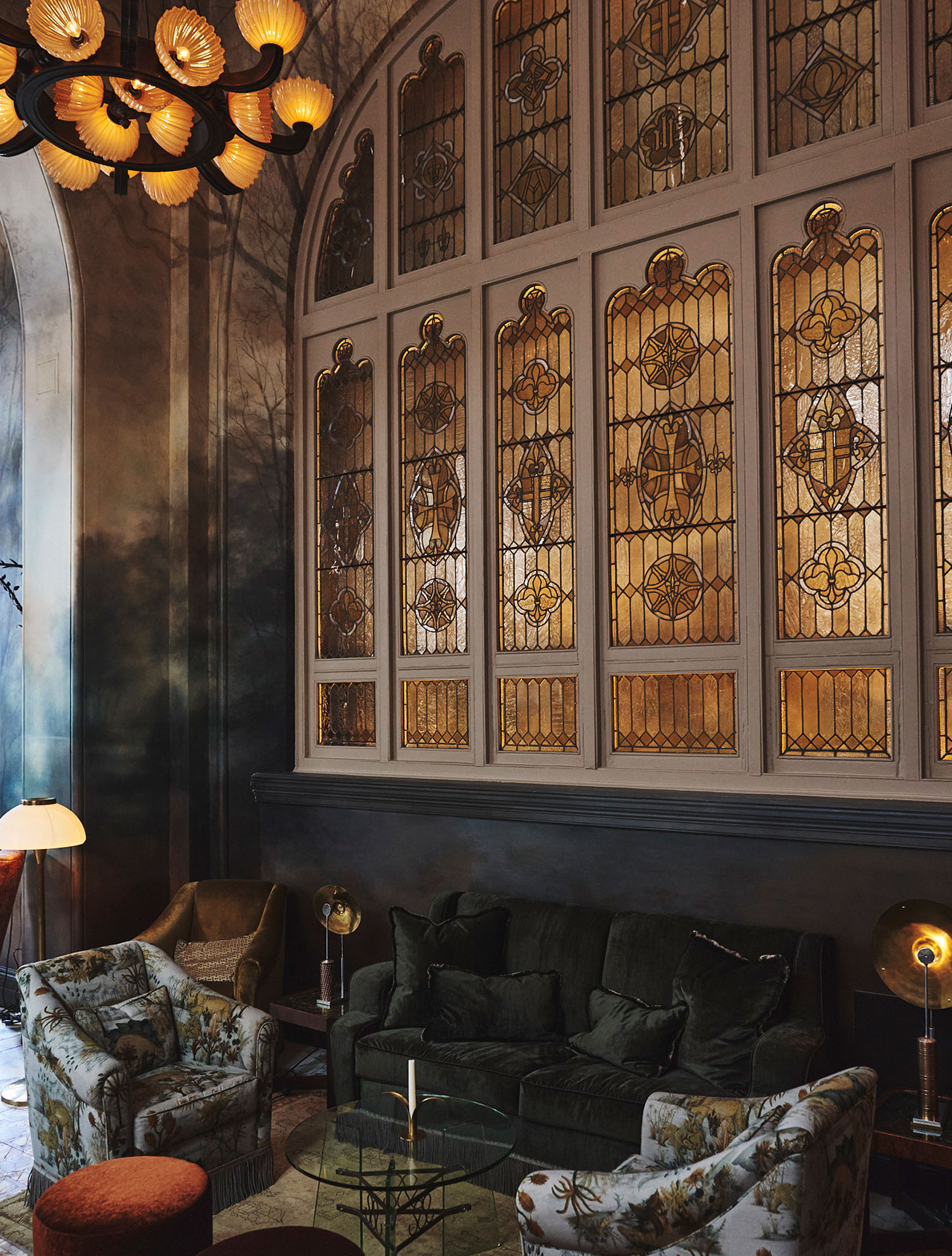
Verōnika bar & restaurant. Photo by Adrian Gaut.
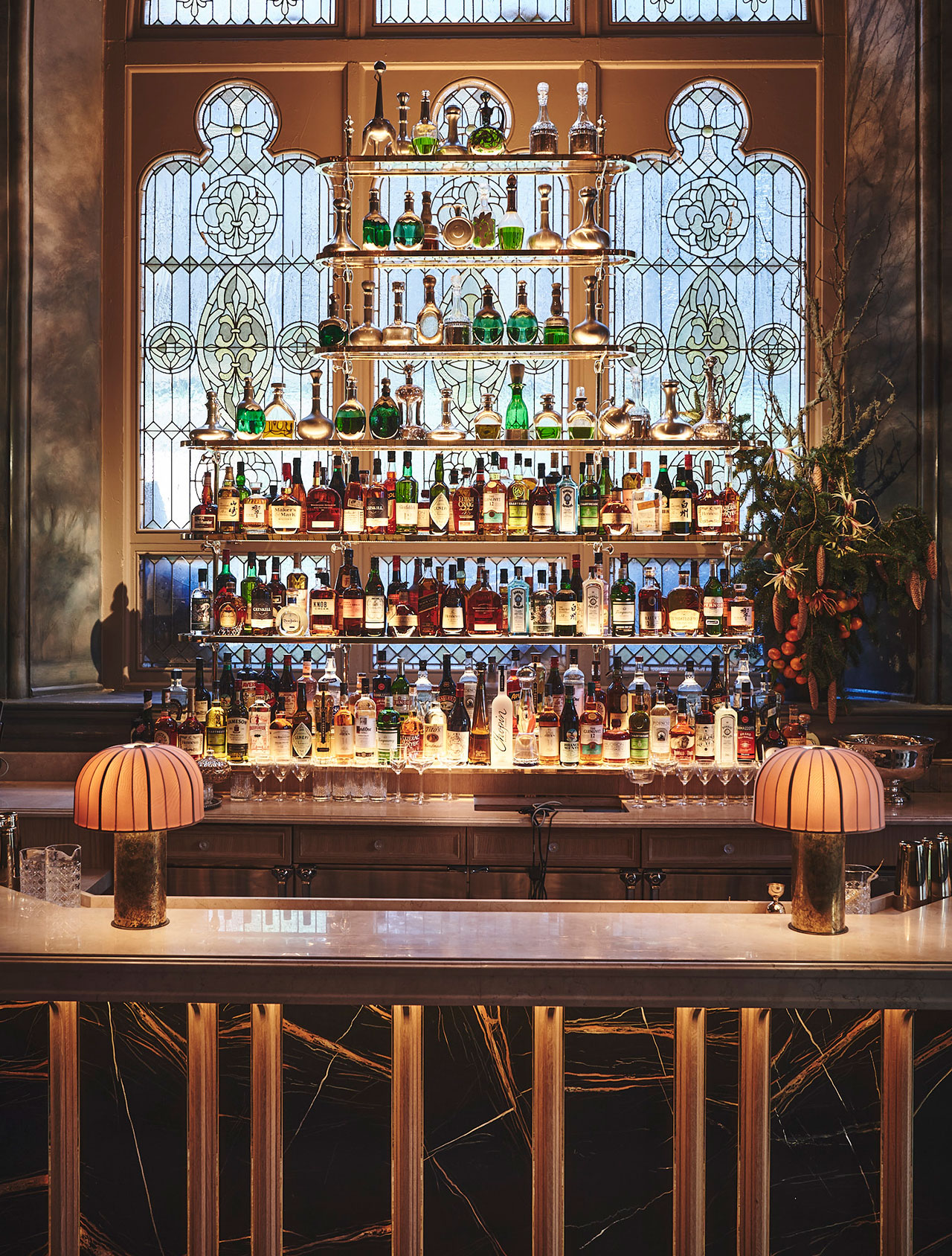
Verōnika bar & restaurant. Photo by Adrian Gaut.
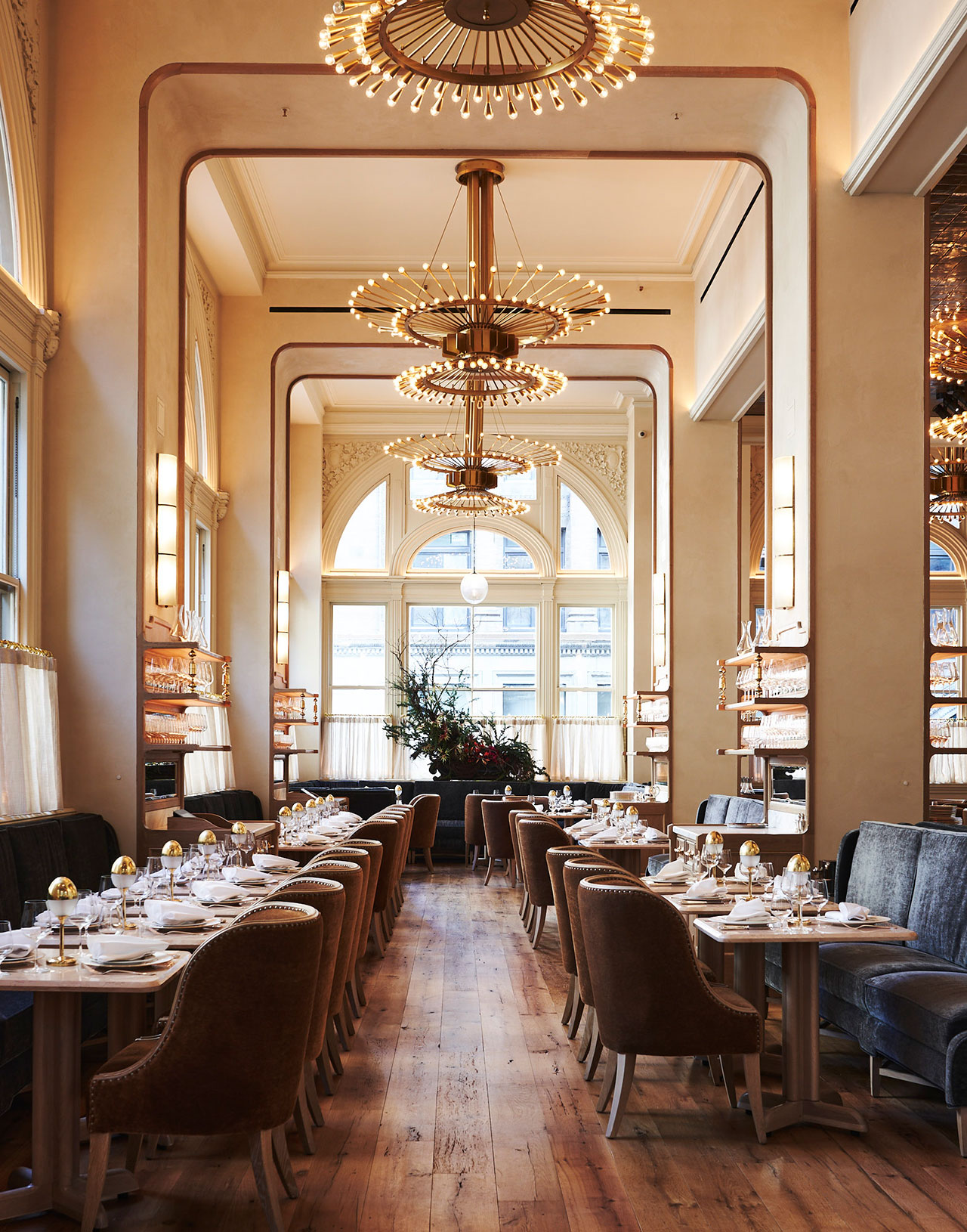
Verōnika bar & restaurant. Photo by Adrian Gaut.
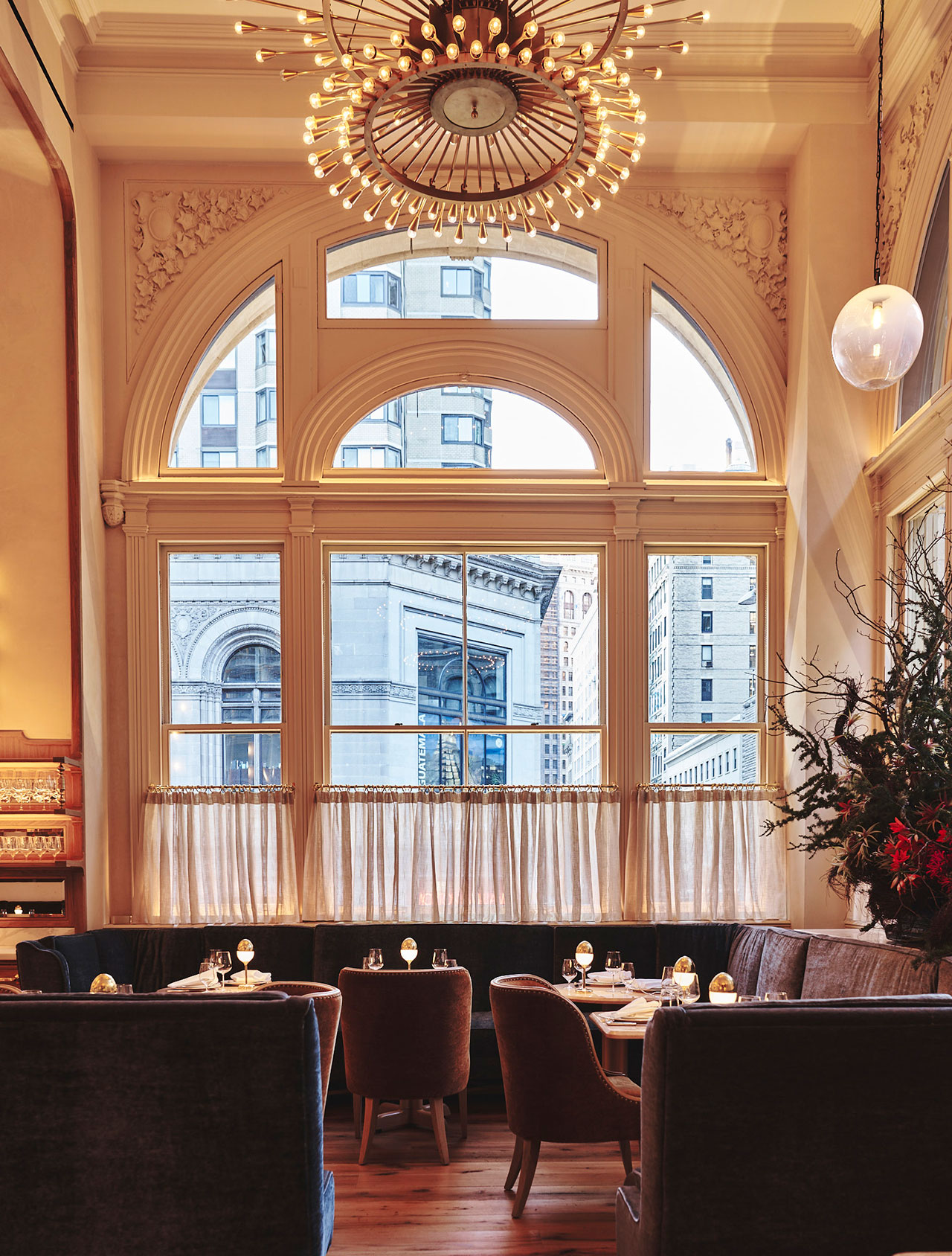
Verōnika bar & restaurant. Photo by Adrian Gaut.
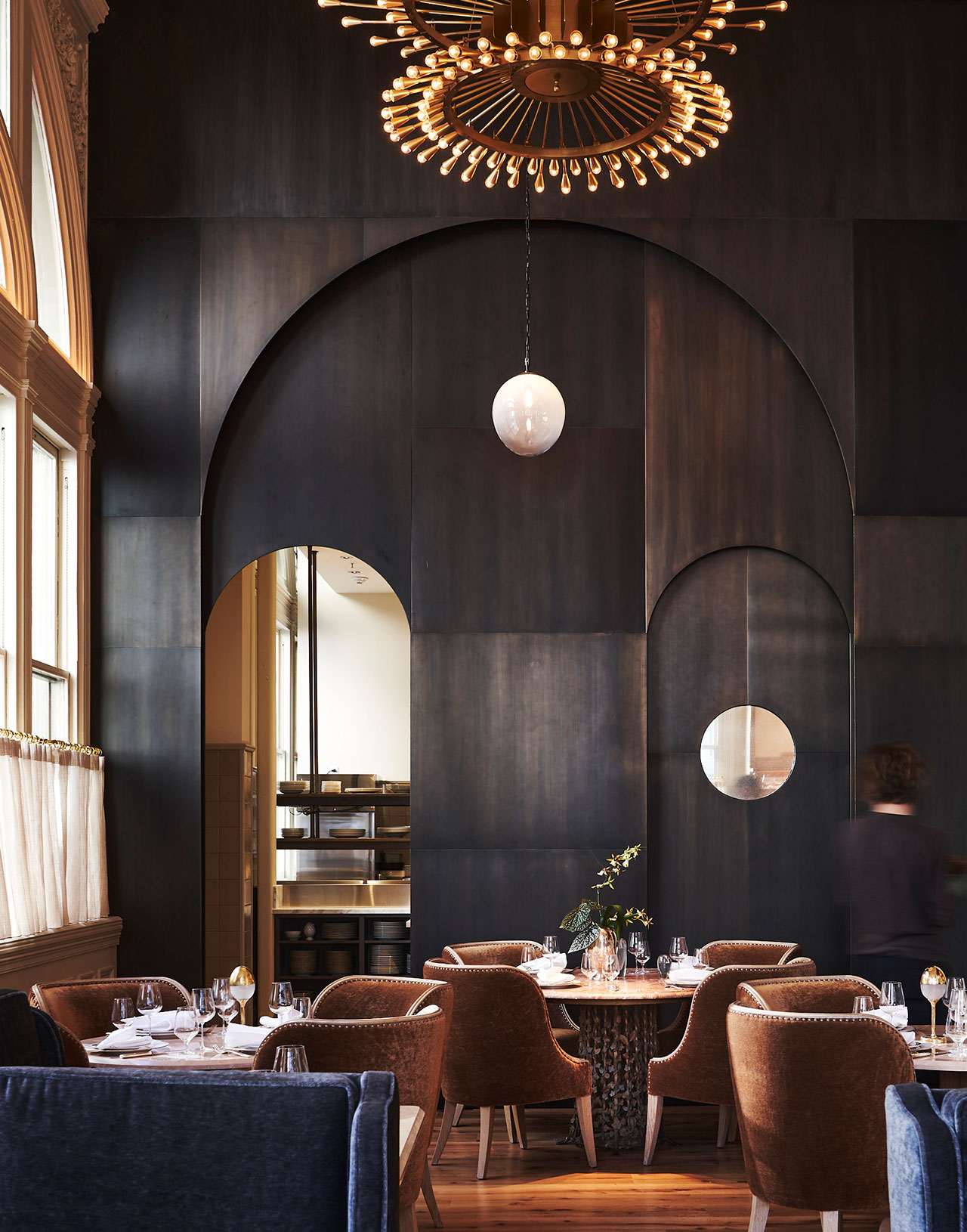
Verōnika bar & restaurant. Photo by Adrian Gaut.
Extending over three floors above Verōnika, Fotografiska’s exhibition spaces eschew the antiseptic ambience of the typical “white cube” aesthetic, sporting instead dark coloured walls and tight spotlights that create a welcoming, theatrical ambience. Similarly, a multipurpose space on the top floor, used for temporary installations, talks, concerts and other happenings, revels in the beauty of the exposed cast-iron steel structure - an architectural innovation at the time of the building’s construction.
Inaugurating the space, an installation of framed photographs and large scale vinyl prints showcased the work of Danny Clinch, one of the most acclaimed photographers of popular music. Titled “Amplifier, Photographs by Danny Clinch”, the exhibition, which ran until January 20, 2020, featured the most iconic shots taken over the span of his illustrious career.
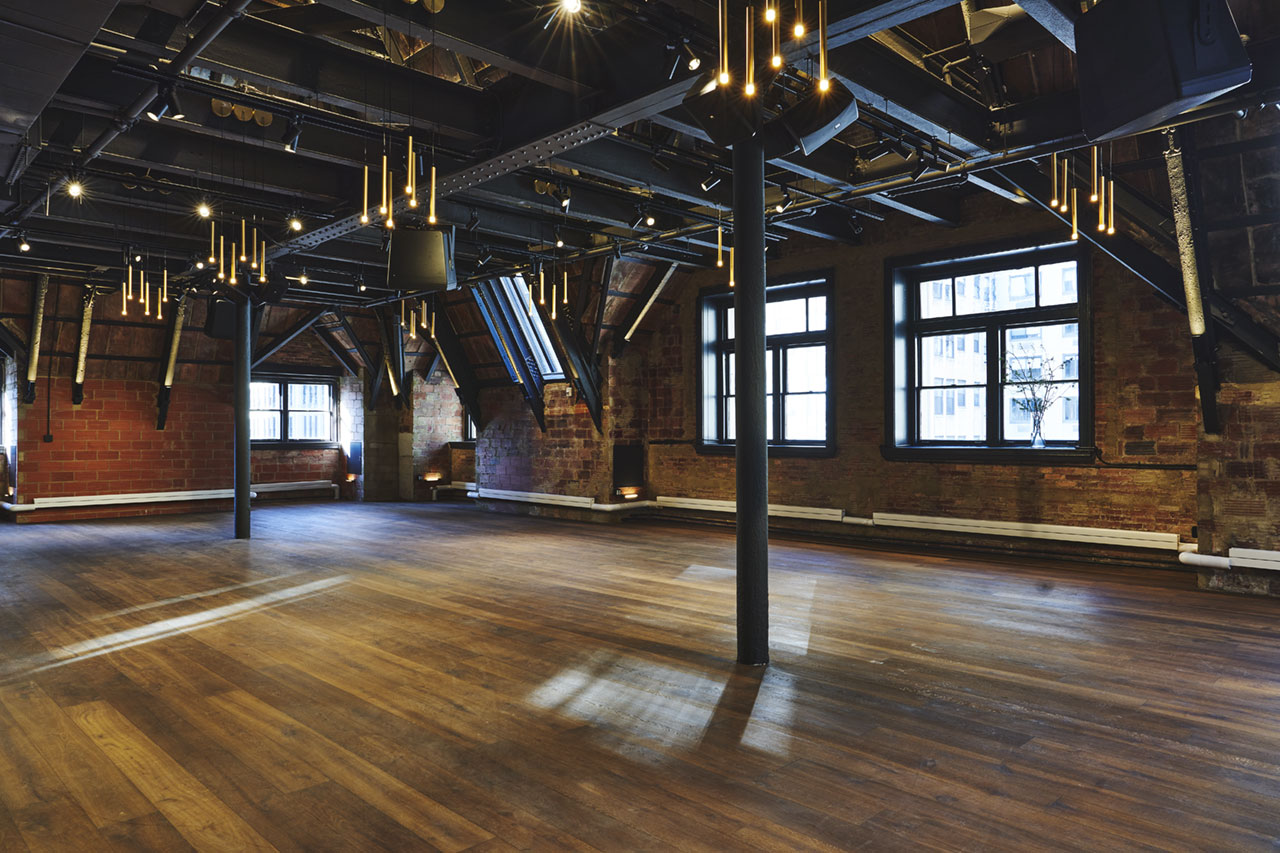
The multipurpose space on the top floor of the building. Photo by Adrian Gaut.
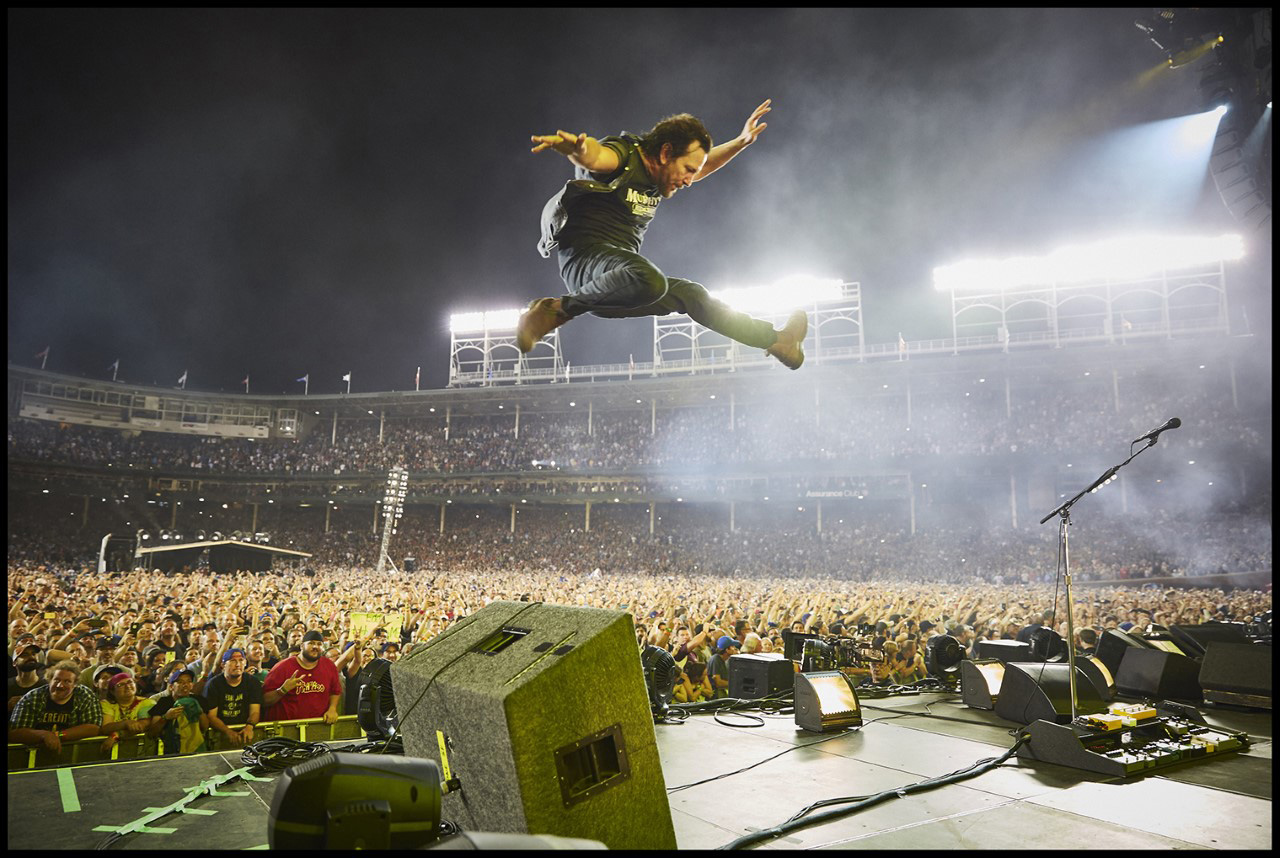
Danny Clinch, Perl Jam - Wrigley Field, Chicago, IL, 2016 © Danny Clinch
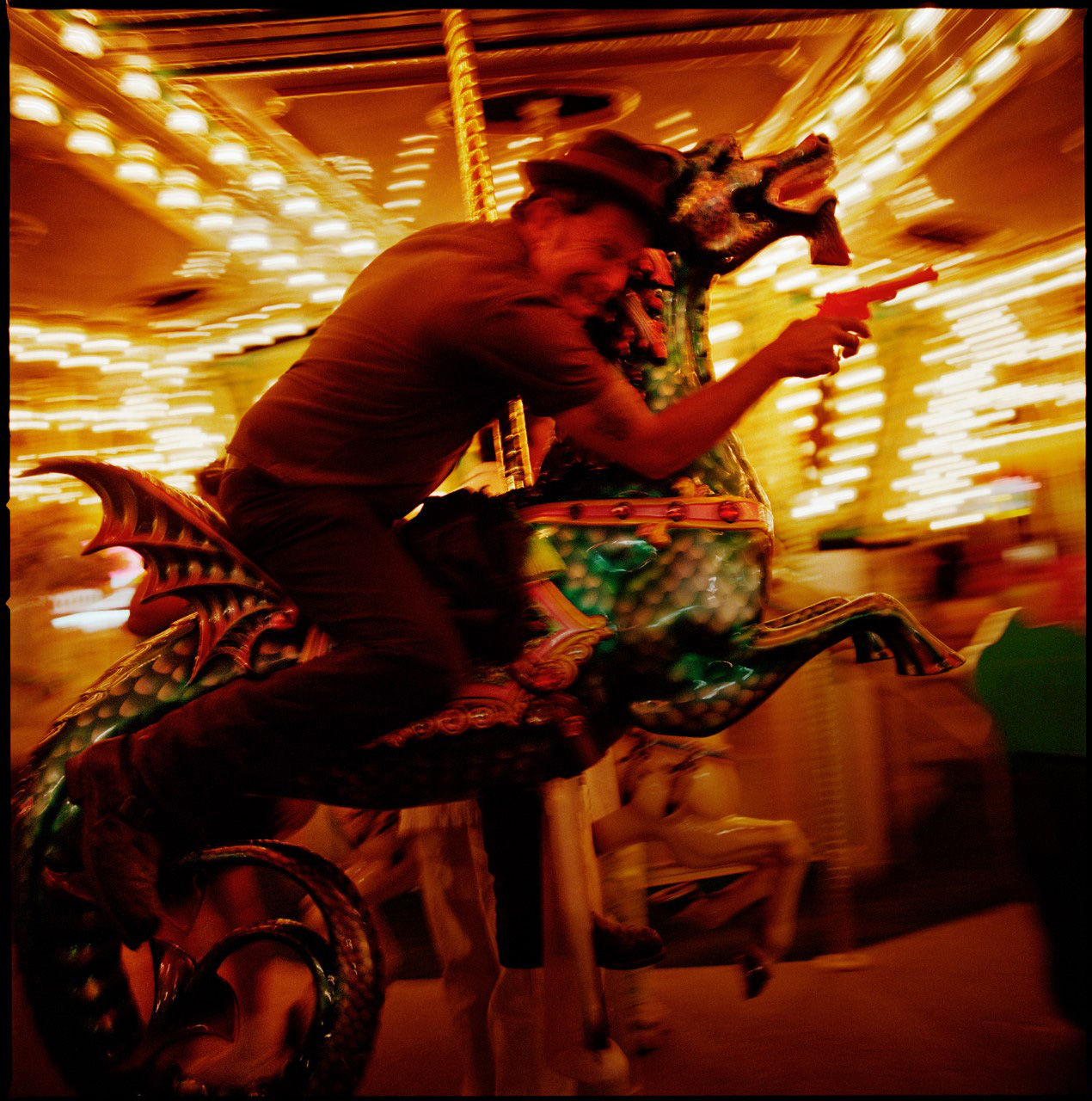
Danny Clinch, Tom Waits, Santa Rosa, CA, 2004 © Danny Clinch
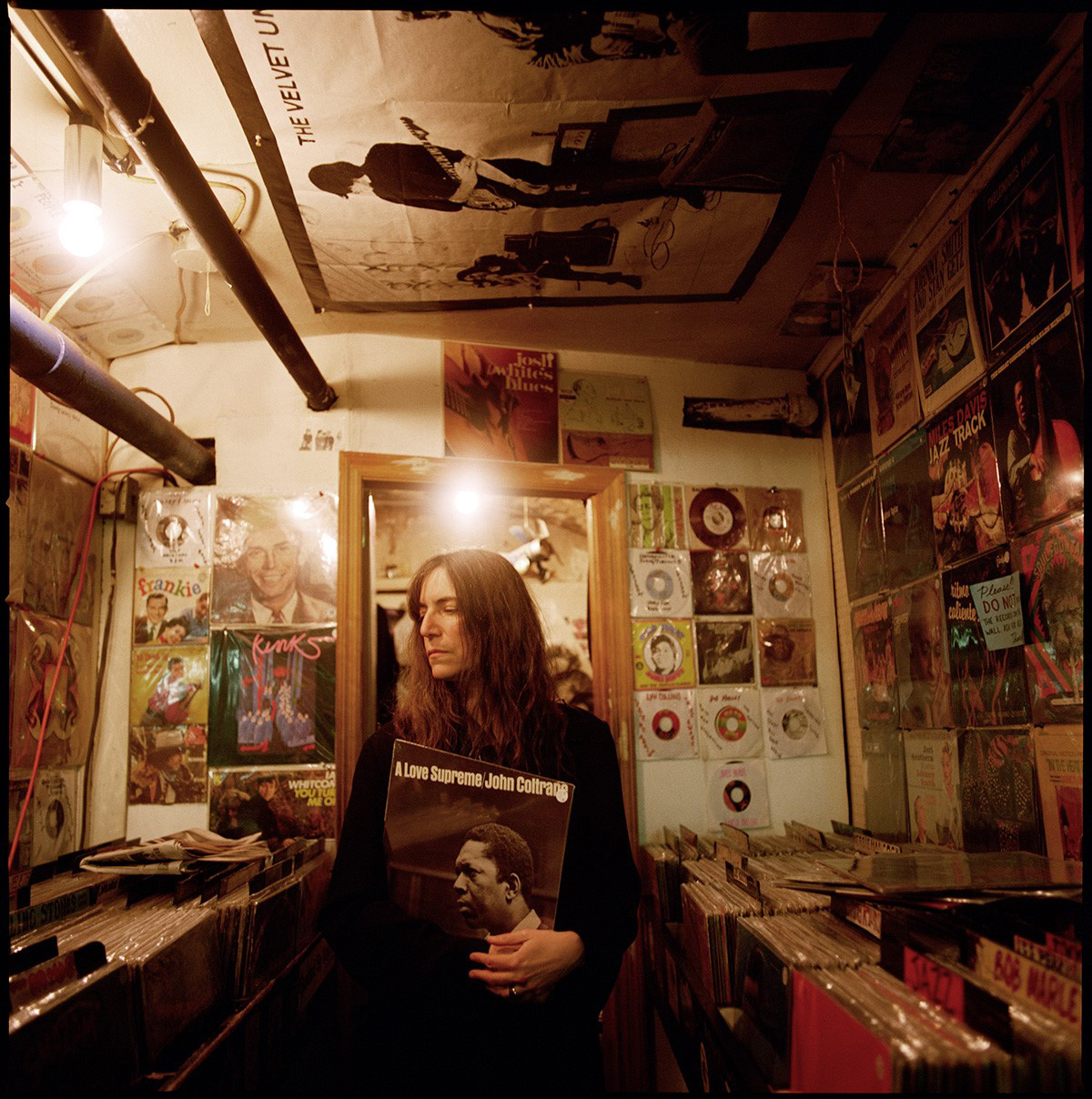
Danny Clinch, Patti Smith, New York, NY, 2000 © Danny Clinch
Making their debut in concert with Fotografiska NYC’s opening, five solo shows exemplify the institution’s curatorial approach: the museum has no permanent collection, showcasing instead a diverse range of rotating exhibitions, from fine art, to commercial photography, to photojournalism, with four to six shows up at any time.
“Testaments” (December 14 - March 1, 2020), showcase Israeli photographer Adi Nes whose carefully staged scenes bring to light the multi-layered complexities of Israeli identity. Tapping into both his personal experience and collective Israeli memory, his cinematic images deal with issues like sexuality, masculinity and living in a country in conflict.
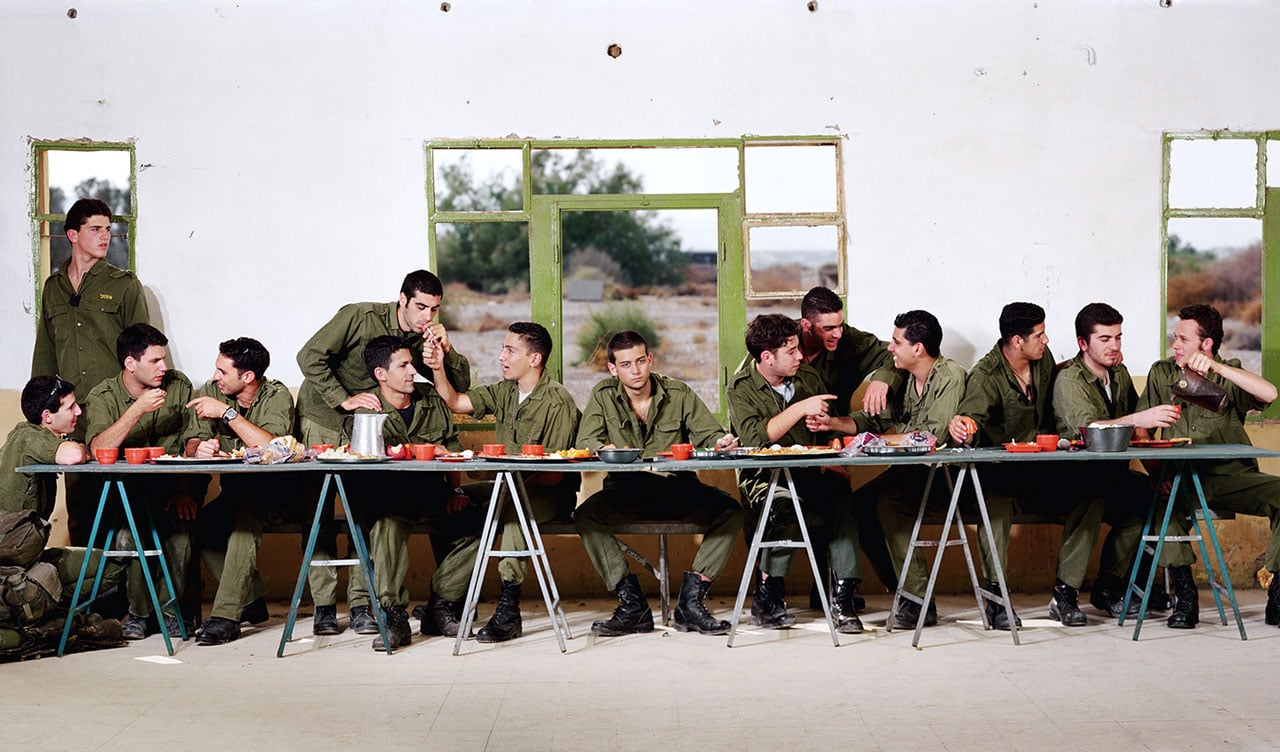
Adi Nes, Untitled (Last Supper), 1996. © Adi Nes / Courtesy of Jack Shainman Gallery.
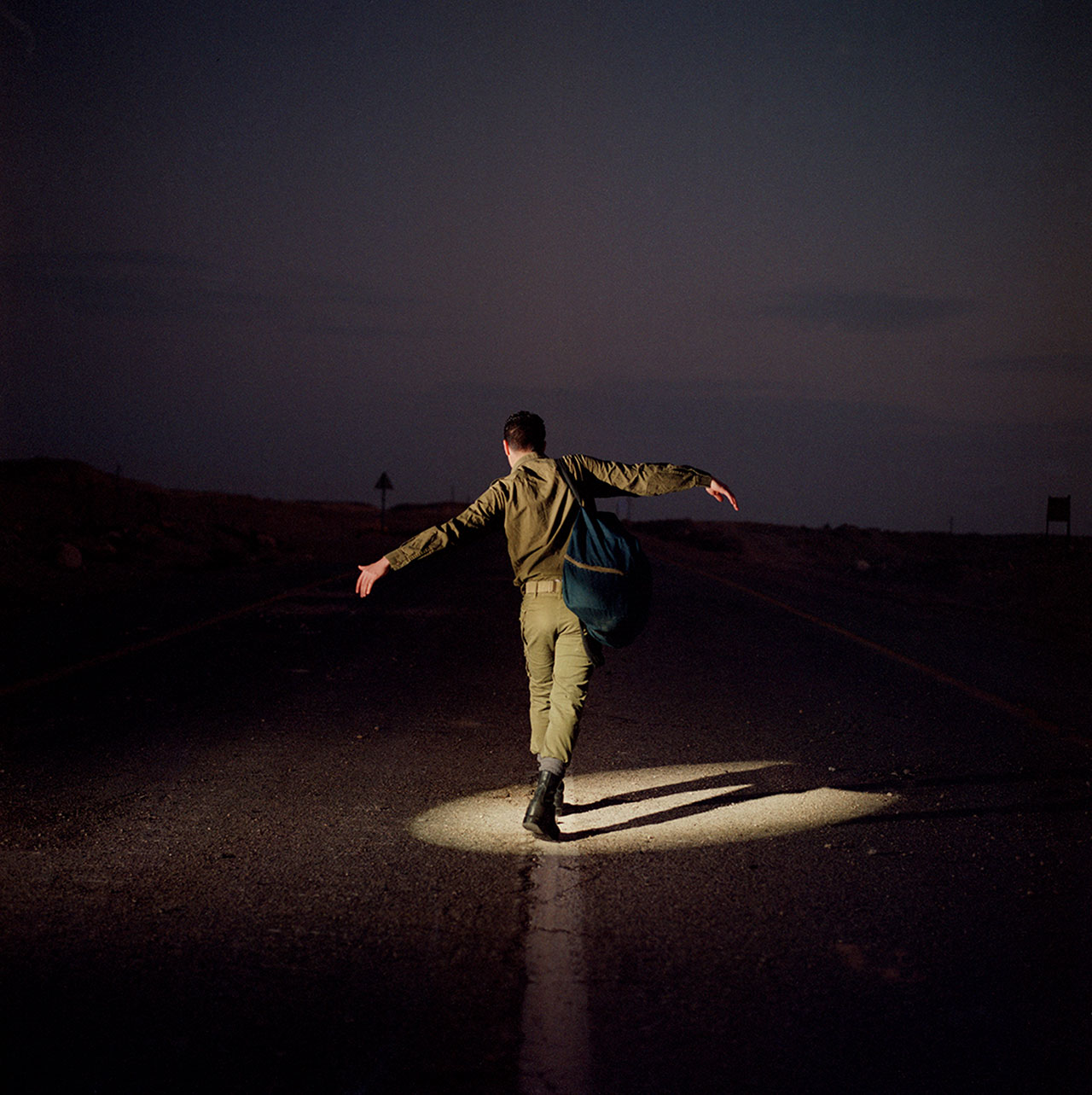
Adi Nes, Untitled, 1996. © Adi Nes / Courtesy of Jack Shainman Gallery.
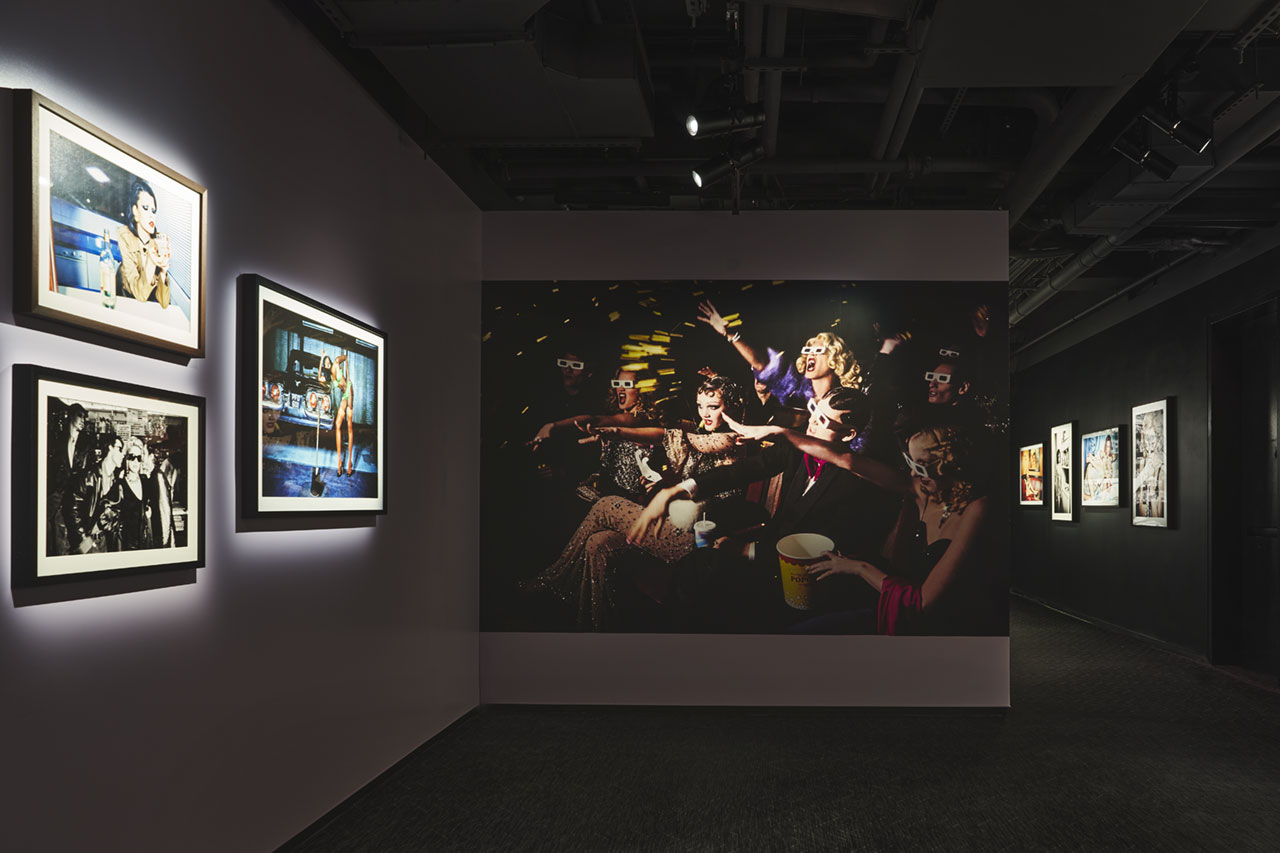
Exhibition view. Photo by Adrian Gaut.
In a gesture of curatorial skill, the masculine subjects in Nes’ photographs are juxtaposed with the feminine divas in “Devotion! 30 Years of Photographing Women” (December 14 - March 29, 2020), an exhibition that explores the career of acclaimed German fashion photographer Ellen von Unwerth. Provocative yet playful, von Unwerth’s work masterly combines old-world charm with female eroticism channelled through a score of feminine icons and celebrities like Claudia Schiffer, Kate Moss and Linda Evangelista.
Quite different in tone, yet as powerful in its feminist ethos, the work of photojournalist Anastasia Taylor-Lind explores the complicated web of American child care by documenting the lives of mothers, grandmothers, babysitters, night-nurses and day-care workers. Commissioned by Fotografiska New York and TIME magazine, the series highlights the uneven division of labour between men and women, and the unequal access to quality child care. The show runs until March 8, 2020.
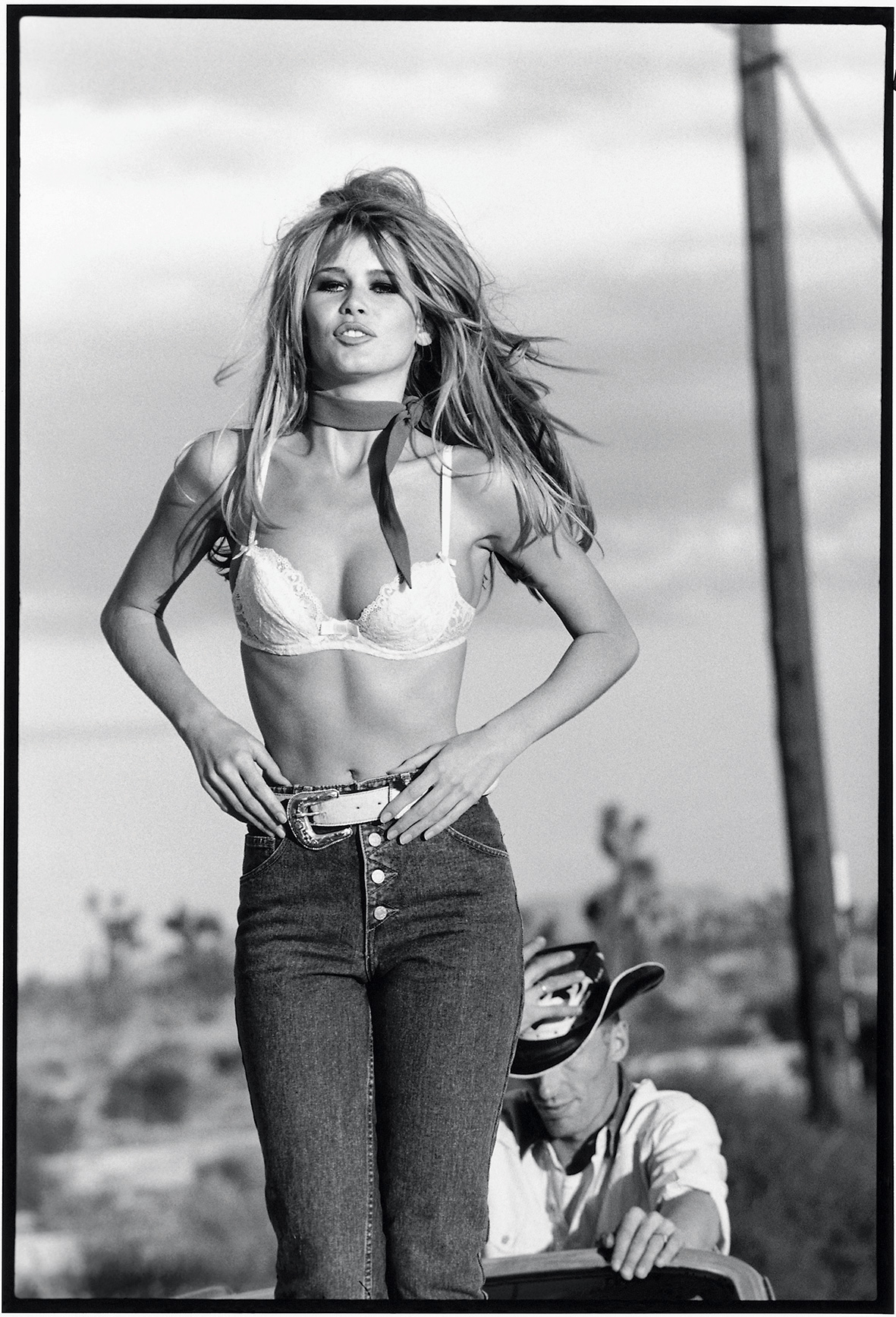
Ellen von Unwerth, Guess Who, Claudia Schiffer, Nashville, 1989 © Ellen von Unwerth.
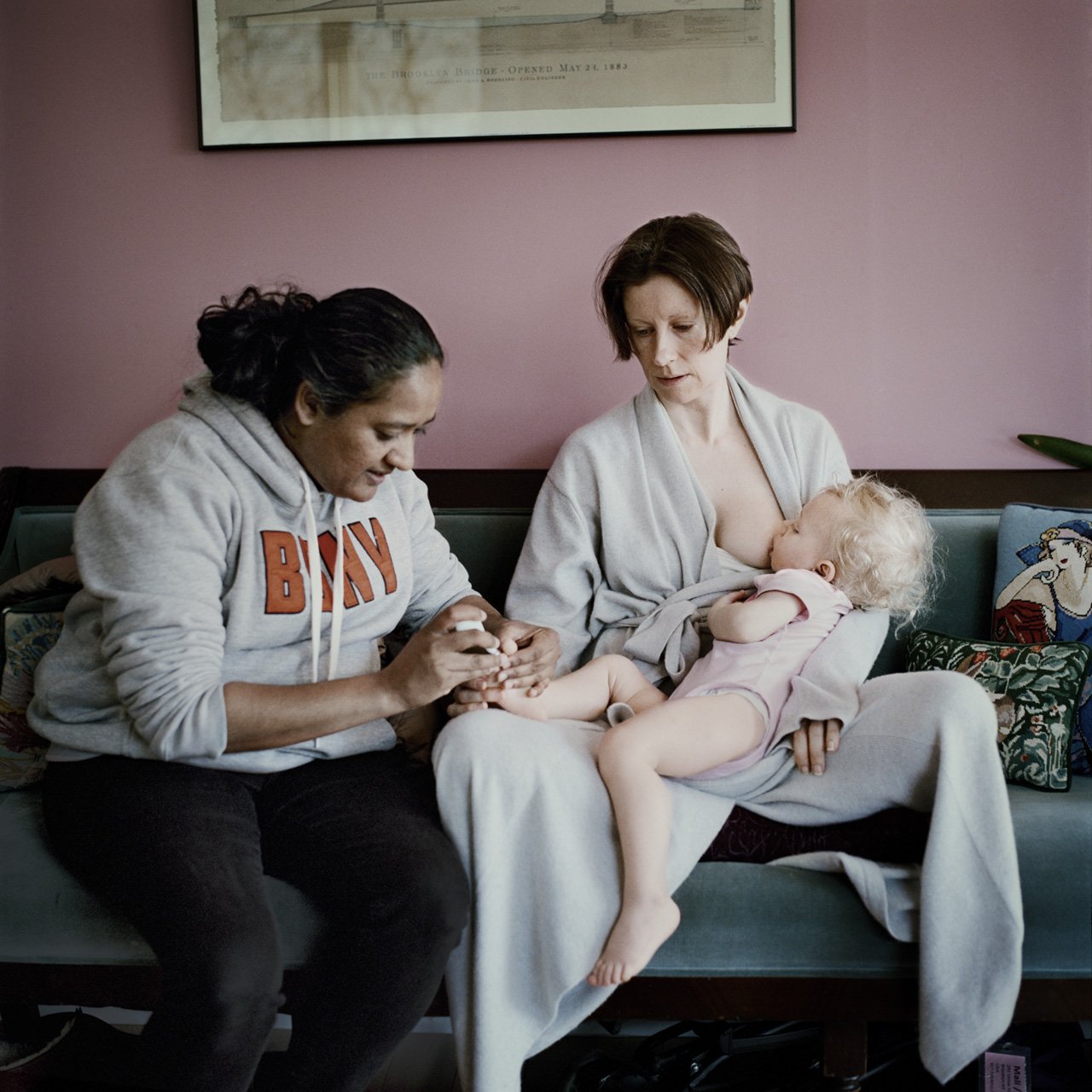
Rachel nurses her 16 month old daughter Michaela while her nanny, Annie, clips the child’s toe nails in Brooklyn.
Anastasia Taylor-Lind, Not Yet Titled, 2019. © Anastasia Taylor-Lind Fotografiska/TIME.
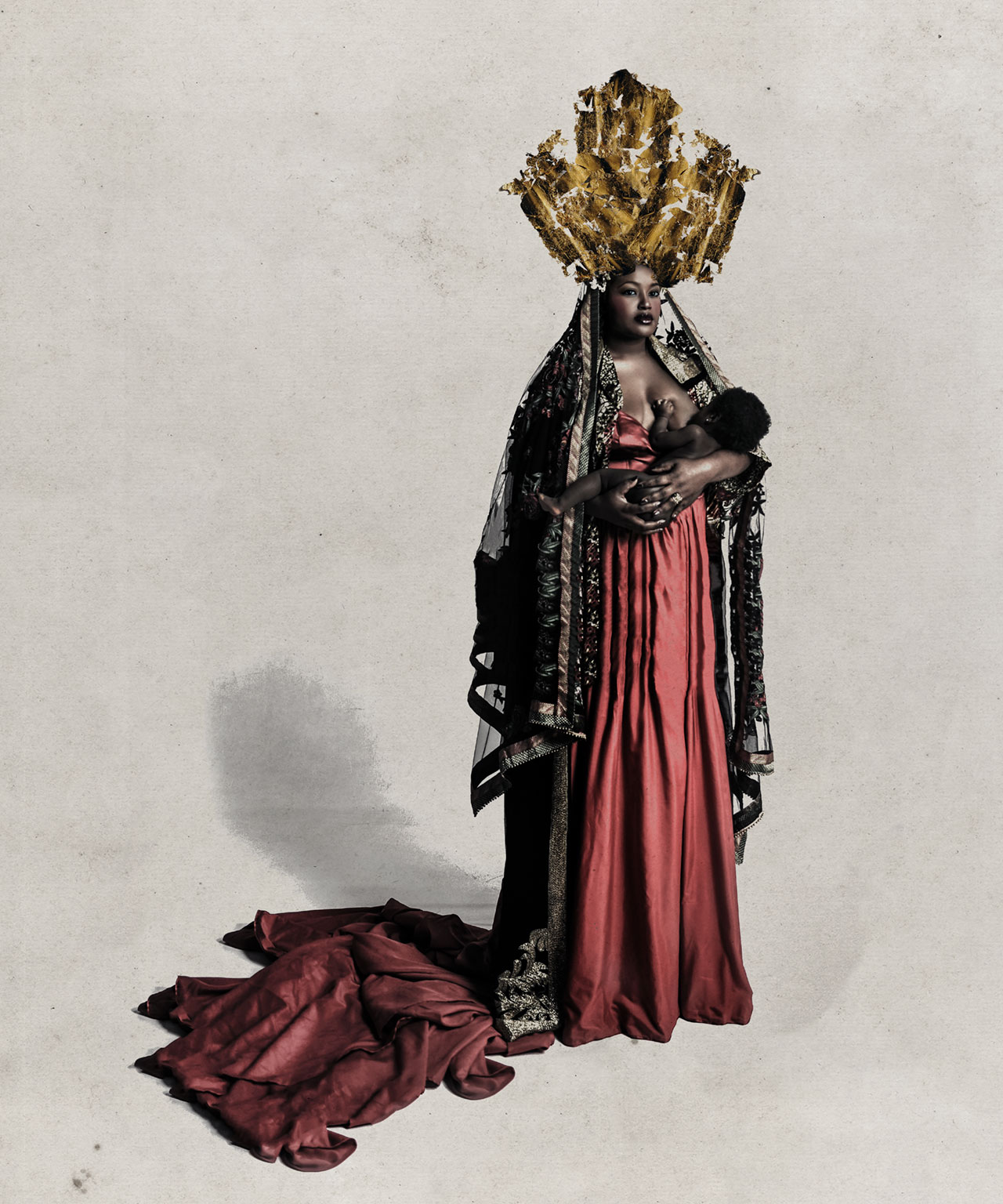
Tawny Chatmon, Beloved, from the series “The Awakening,” 2018 © Tawny Chatmon. Courtesy of the Artist and Galerie Myrtis.
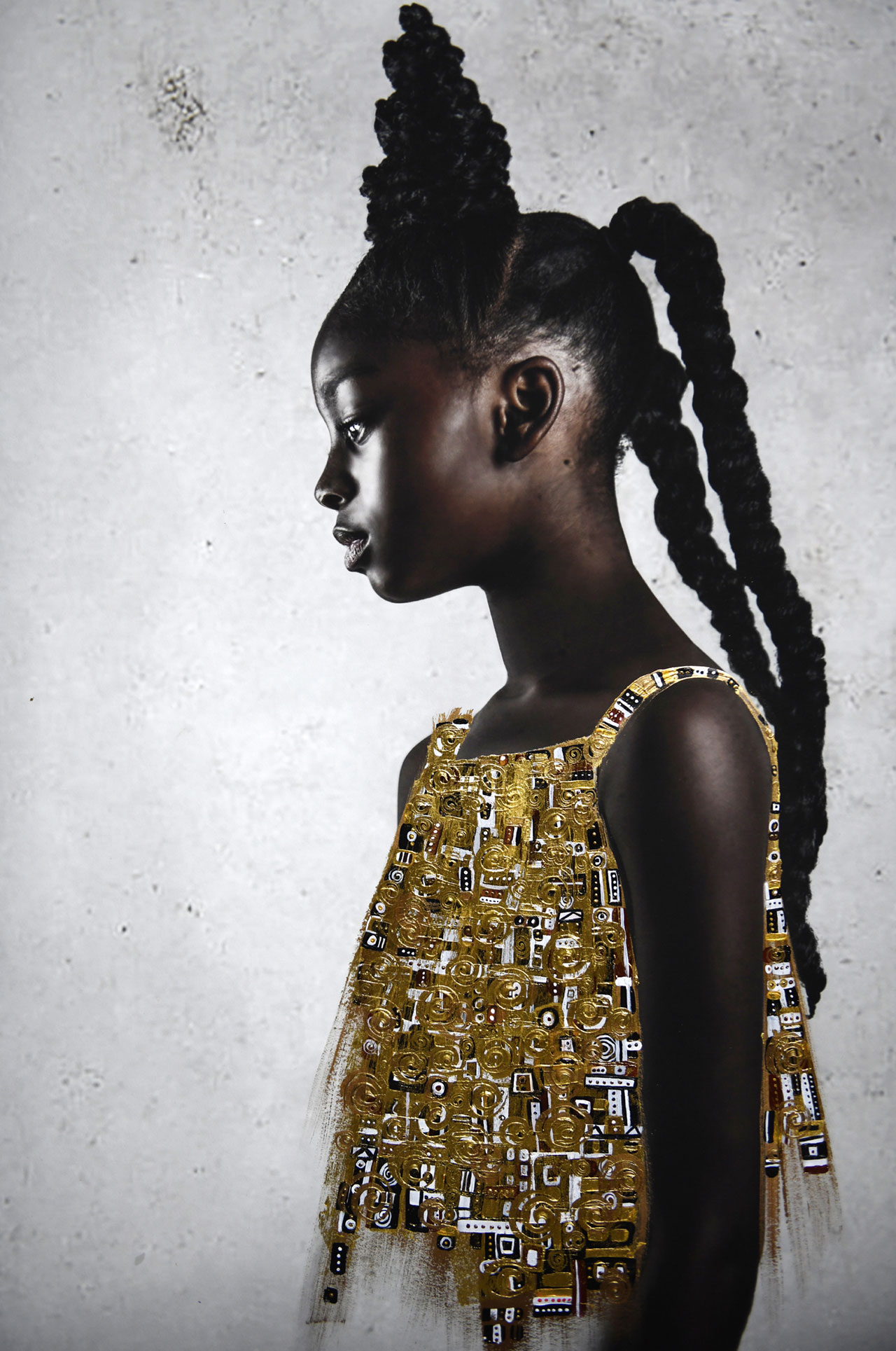
Tawny Chatmon, Castles, from the series "The Redemption,” 2019 © Tawny Chatmon. Courtesy of the Artist and Galerie Myrtis.
Children and women are also the subject of self-taught American artist Tawny Chatmon who photographs intimate portraits of children of colour and their mothers. Often adding layers of gold leaf, paint, digital collage and illustration, the dreamy portraits displayed in “Inheritance” (December 14 - March 22, 2020) lyrically evoke the maternal and familial bonds that galvanize their subjects.
Rounding up Fotografiska’s inaugural exhibition program, Swedish photographer Helene Schmitz’s harrowing landscapes (December 14 - April 12, 2020) draw attention to humanity’s impact on the environment by capturing the violent transformation of nature as a result of industrialization and the exploitation of natural resources. It’s a sombre but important message nonetheless, which a contemporary institution like Fotografiska would me amiss to ignore.
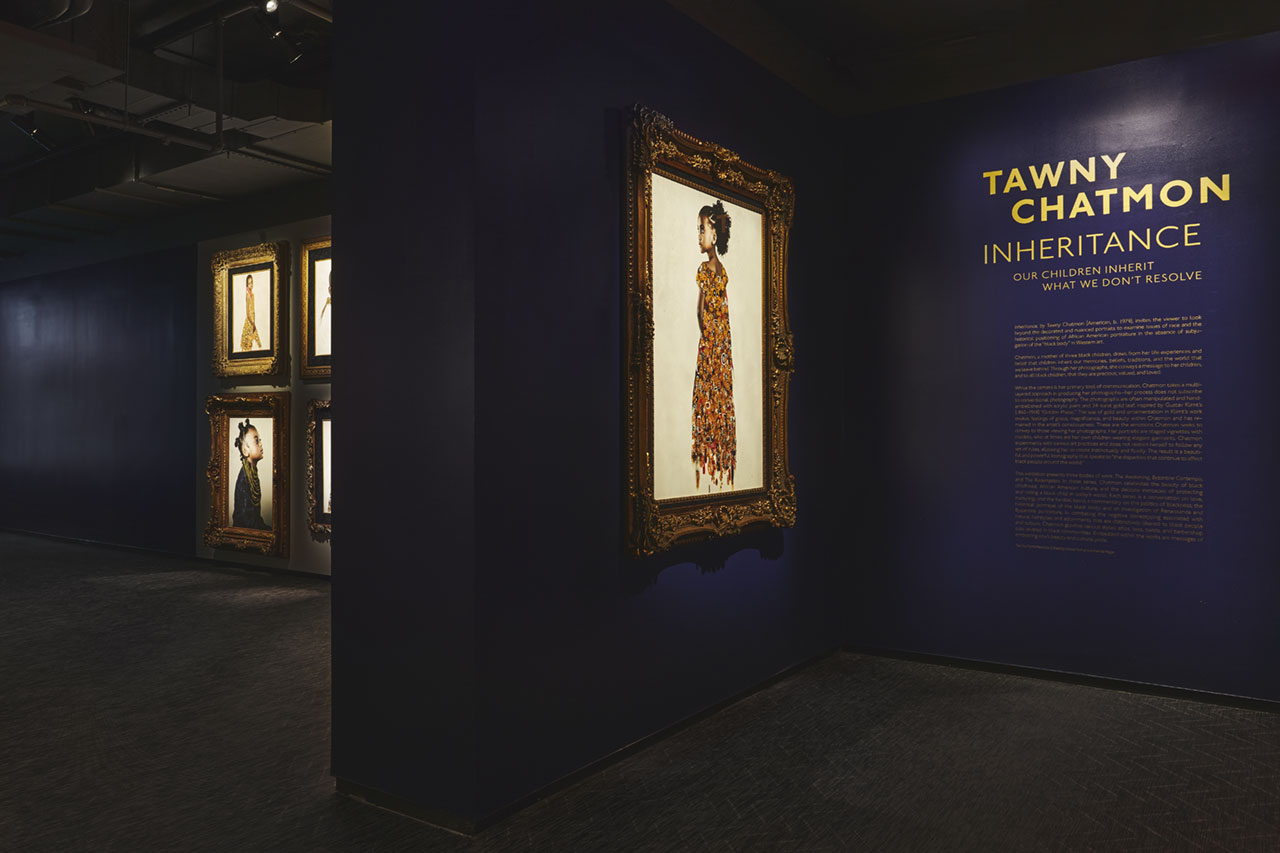
Exhibition view. Photo by Adrian Gaut.
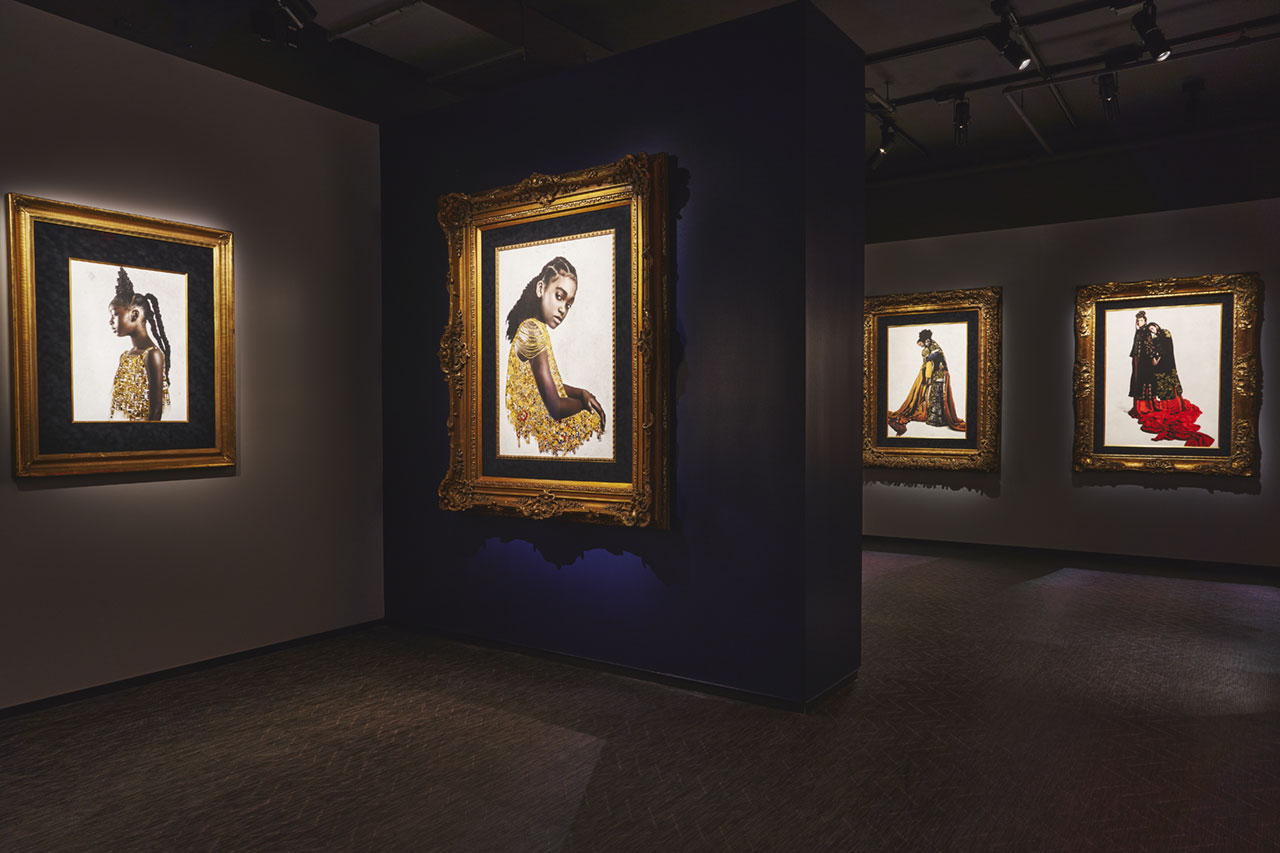
Exhibition view. Photo by Adrian Gaut.
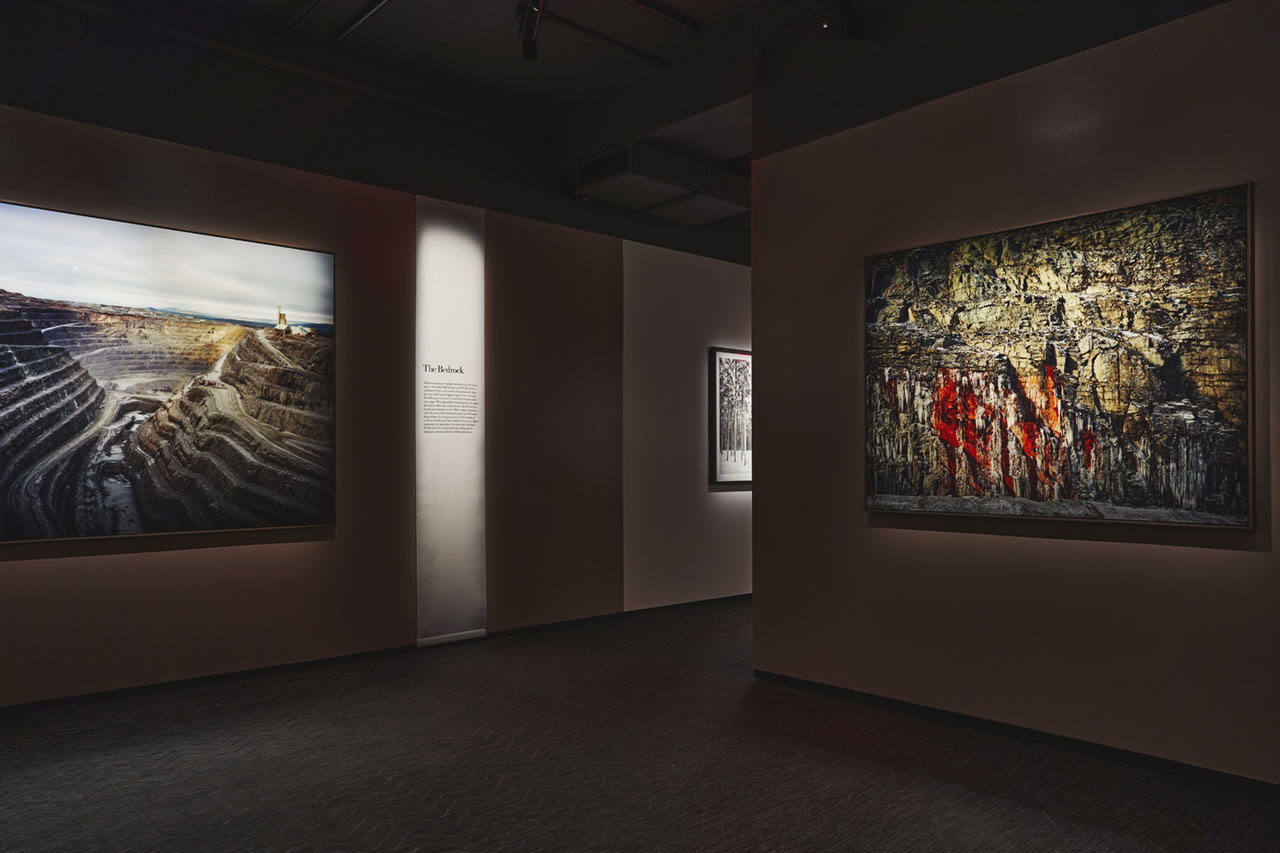
Exhibition view. Photo by Adrian Gaut.
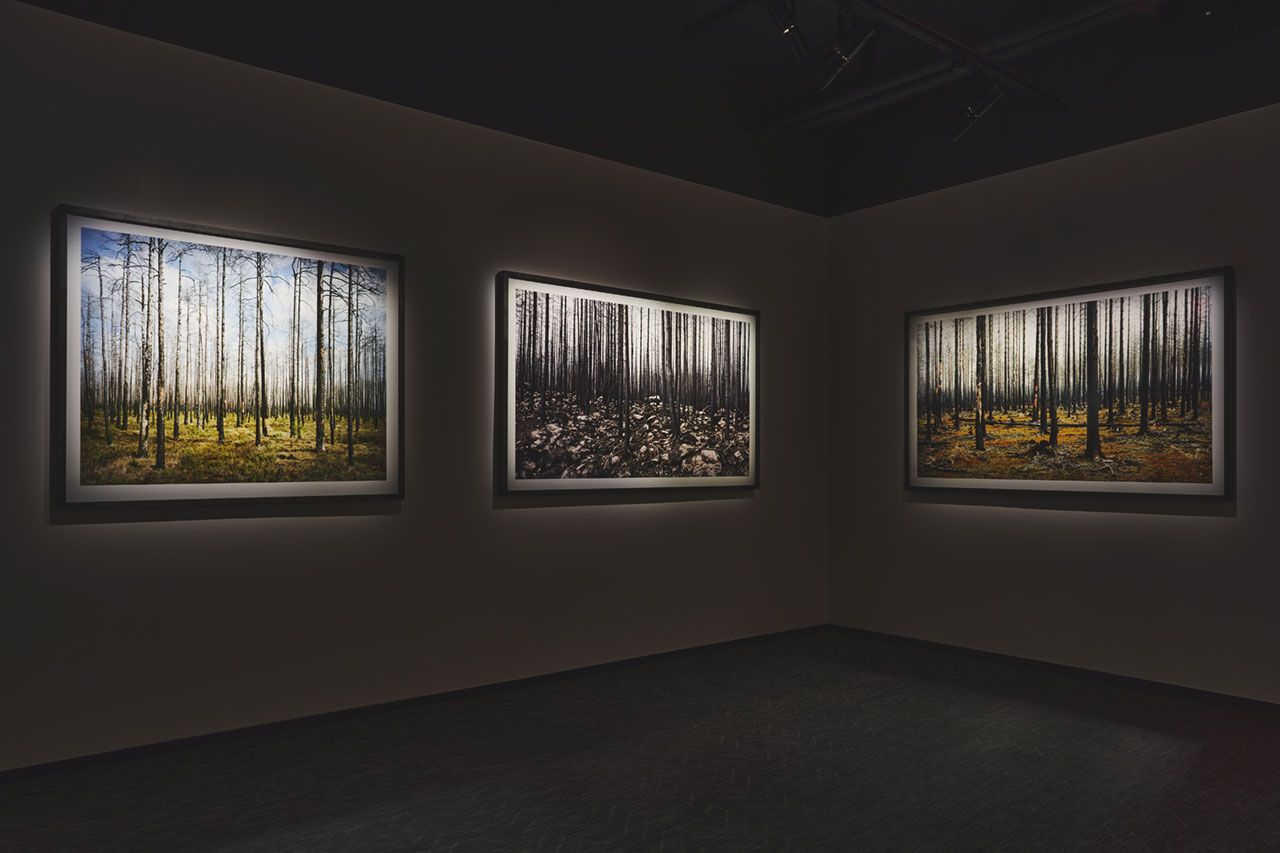
Exhibition view. Photo by Adrian Gaut.
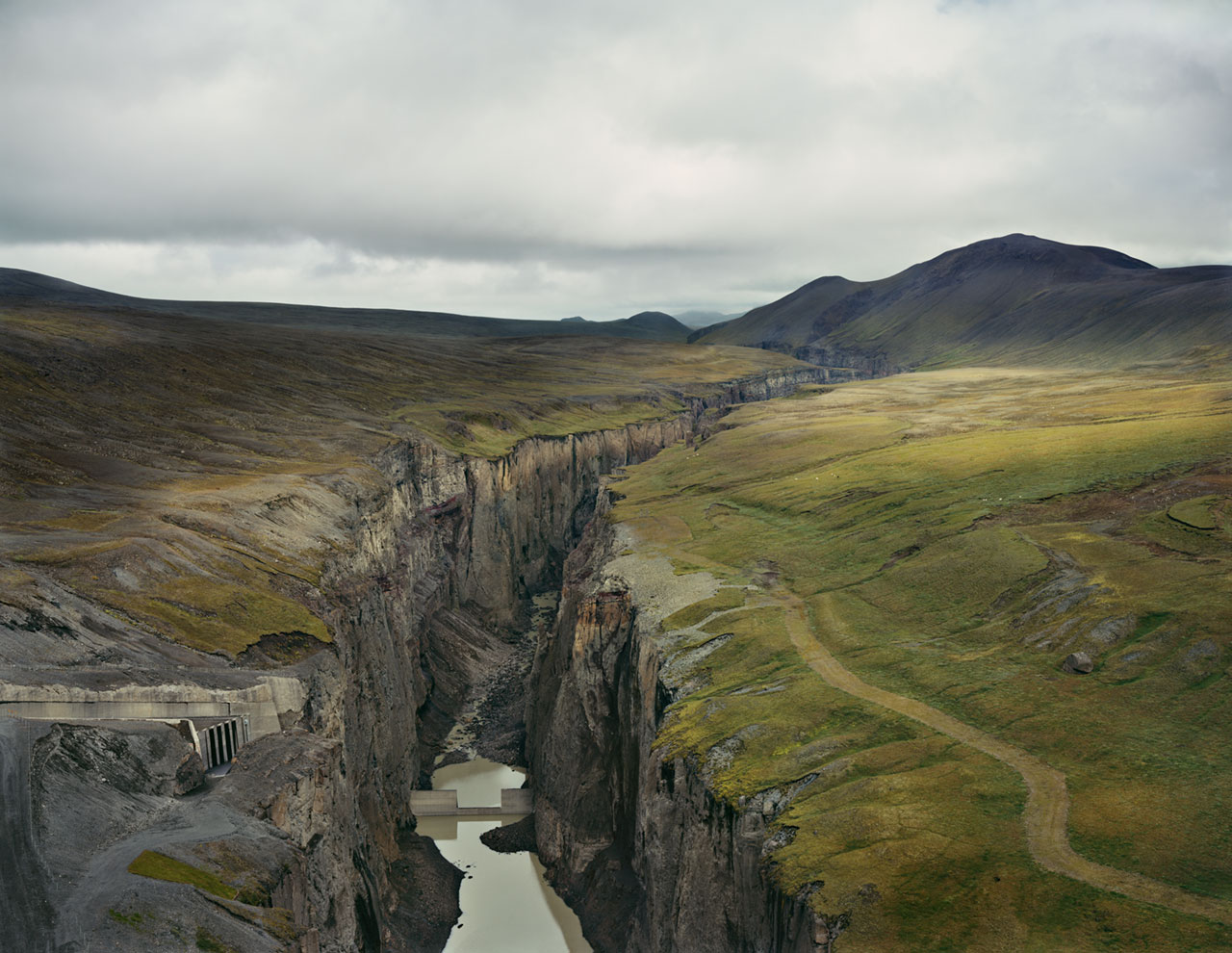
Helene Schmitz, Aesthetics of Violence, from the series “Thinking Like a Mountain,” 2017 © Helene Schmitz.
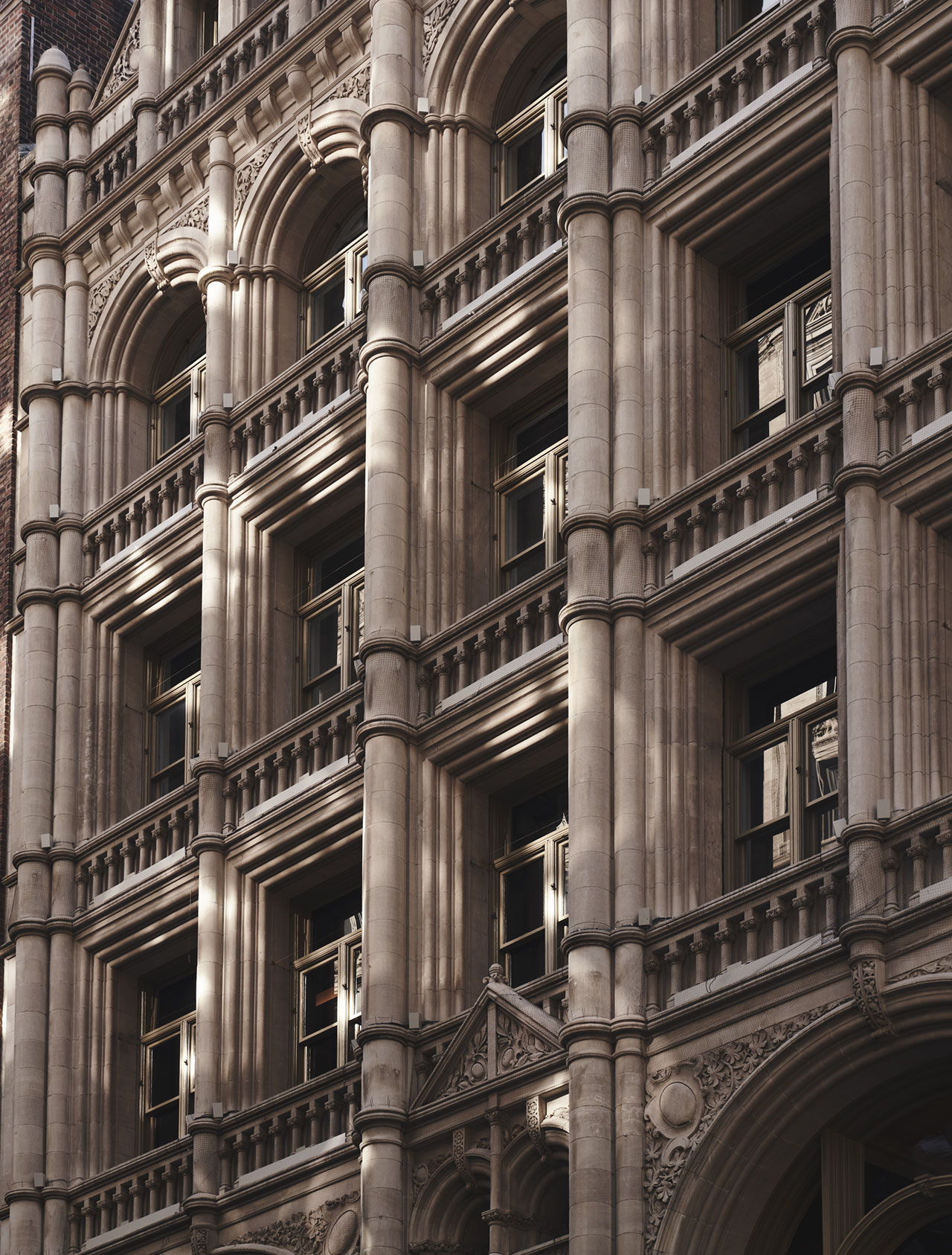
Photo by Adrian Gaut.

